AMERICAN BULLY 101: BREED GUIDE POCKET, STANDARD, XL & ALL TYPES: MICRO, EXOTIC, EXTREME

HEALTH, TEMPERAMENT, PERSONALITY, LIFESPAN IN THE AMERICAN BULLY AND RELATED DOG BREEDS
Pocket Bully — ABKC Champion Homicide of Venomline/NMG
Original Article Featured on Medium
WHAT IS A POCKET AMERICAN BULLY?
The American Bully comes in may different sizes, so what is a Pocket size American Bully? A quick google search will probably yield about 5 different answers. Unfortunately, the internet is full of misinformation, especially when it comes to the American Bully breed and the Pocket Bully is no exception.
Take this article for example which currently holds the #1 spot on google and it’s easy to see why there’s so much confusion around the American Bully Breed and the different classes or varieties within the breed.
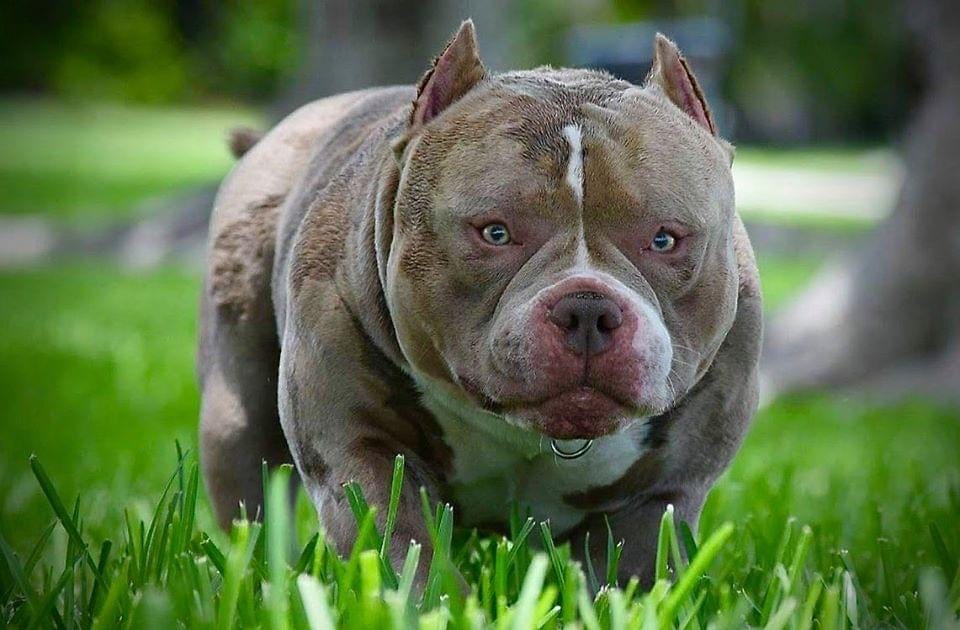
According to the article:
“Pocket Bullies are the miniature version of the American Bully. However, unlike some miniature breeds like the Labrador, they are not true purebreds. They are actually a cross between the American Bully and the Patterdale Terrier.”
THE POCKET BULLY
The Pocket Bully is NOT a cross between an American Bully and the Patterdale Terrier. The Pocket Bully IS an American Bully — NOT the result of the infusion of other breeds. It is simply a VARIETY (see classes below) within the American Bully breed.
The American Bully Varieties — also known as “Classes” are determined by adult height — with the pocket variety having a shorter height at adulthood than the Standard. Aside from adult height, the pocket bully is no different than the American Bully or its varieties — nor are there different breeds in its makeup.
The American Bully breed consists of 4 Varieties or Classes — amendments to the Standard for the purpose of classification and useful for dividing the different types in conformation events — also known as dog shows.
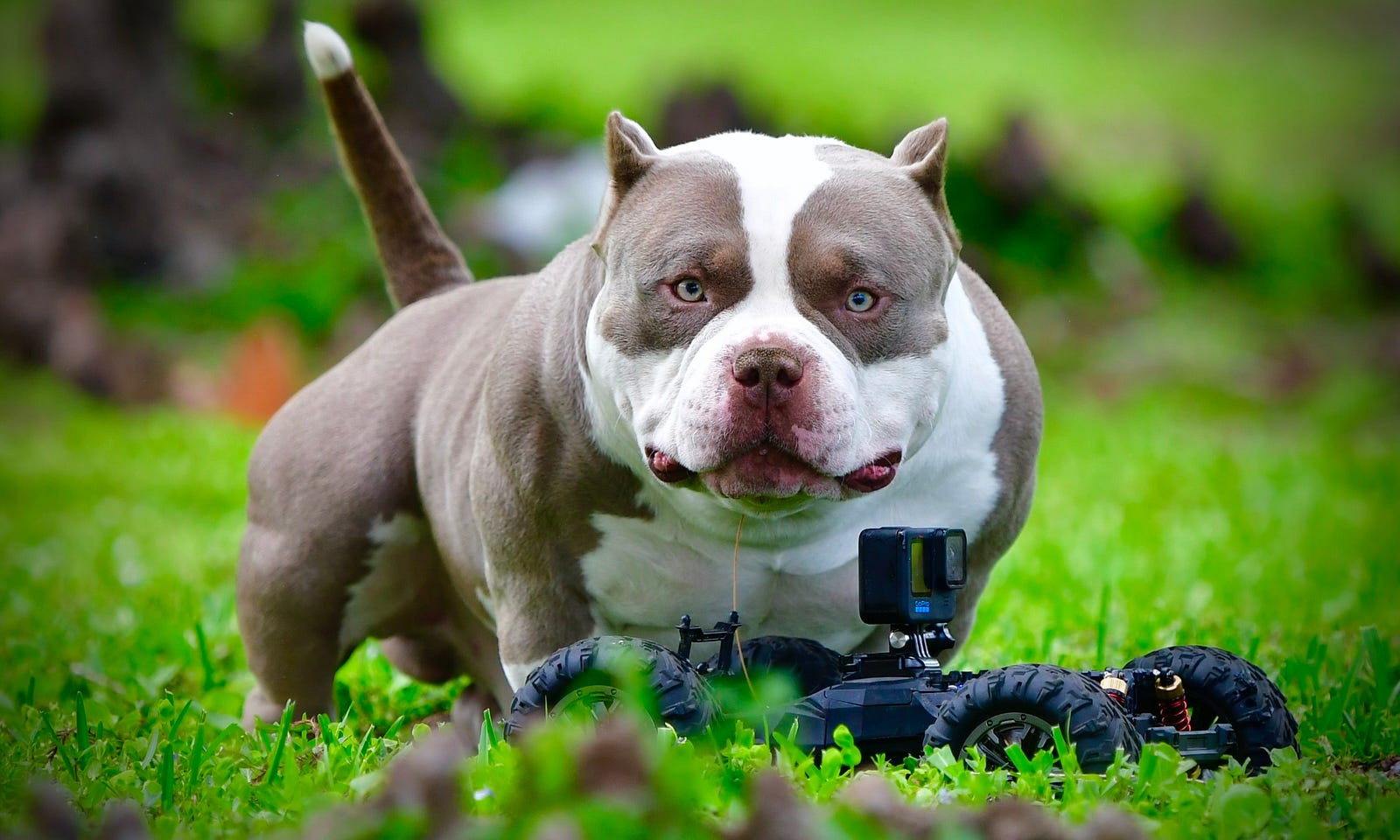
Additionally, many of the top ranking articles on the American Bully incorrectly state that there are 5 different Varieties.
Initially, there were 5 — but the ABKC did away with the Extreme class in 2014. We break down each of the 4 American Bully Varieties further down in this article.
See: Everything You Need To Know About the American Bully Breed
INACCURATE INFORMATION ONLINE
The misinformation online about the American Bully breed doesn’t stop there — even dogbreedinfo.com has incorrect information listed for the breed. I don’t know if these websites just copied the first high ranking article on google without any research or fact checking — but the vast majority of breed information and resource sites have inaccurate information listed for the American Bully and related breeds.
You’d think they’d at least check their sources before putting information out about a breed of dog — especially considering that the sole purpose of the website is to be a resource on dog breeds. And, because of their ranking on google, anytime a search is done for “American Bully” or any of the related terms — unfortunately this is the first thing that comes up.
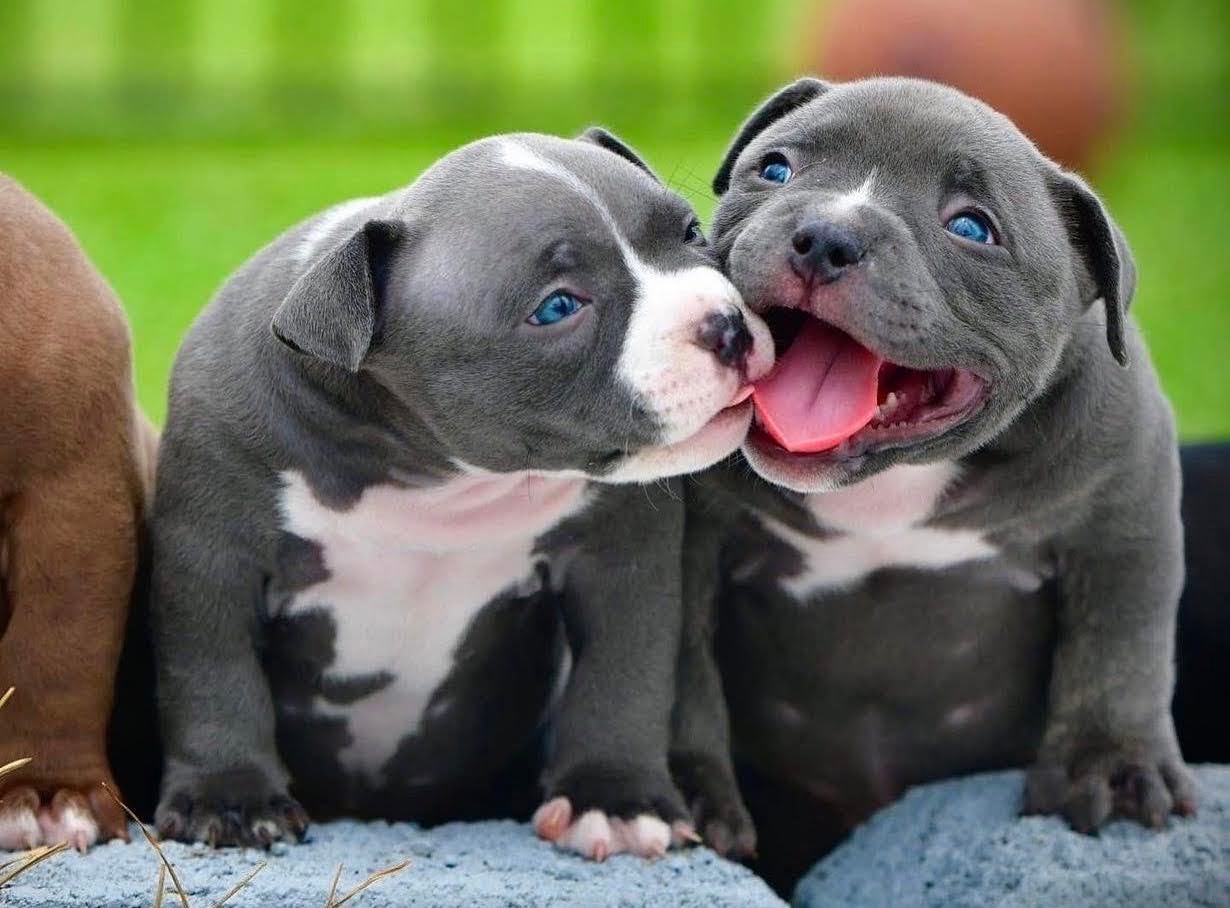
AMERICAN BULLY TYPES & VARIETIES
In this article, we’ll cover the 4 American Bully Varieties according to the breed’s founding registry — the ABKC. We’ll also shed light on some of the different terms used to describe the different types of American & Exotic Bullies. Terms like Nano, Micro, Teacup, Extreme, XXL & the latest fad “Merle” bullies.
One of the next biggest misconceptions surrounding the bully breeds is the misclassification of breed. Yes, there were several terms used to describe the American Bully in it’s infancy, but it is now established as it’s own distinct breed — and recognized by several kennel clubs and organizations as such.
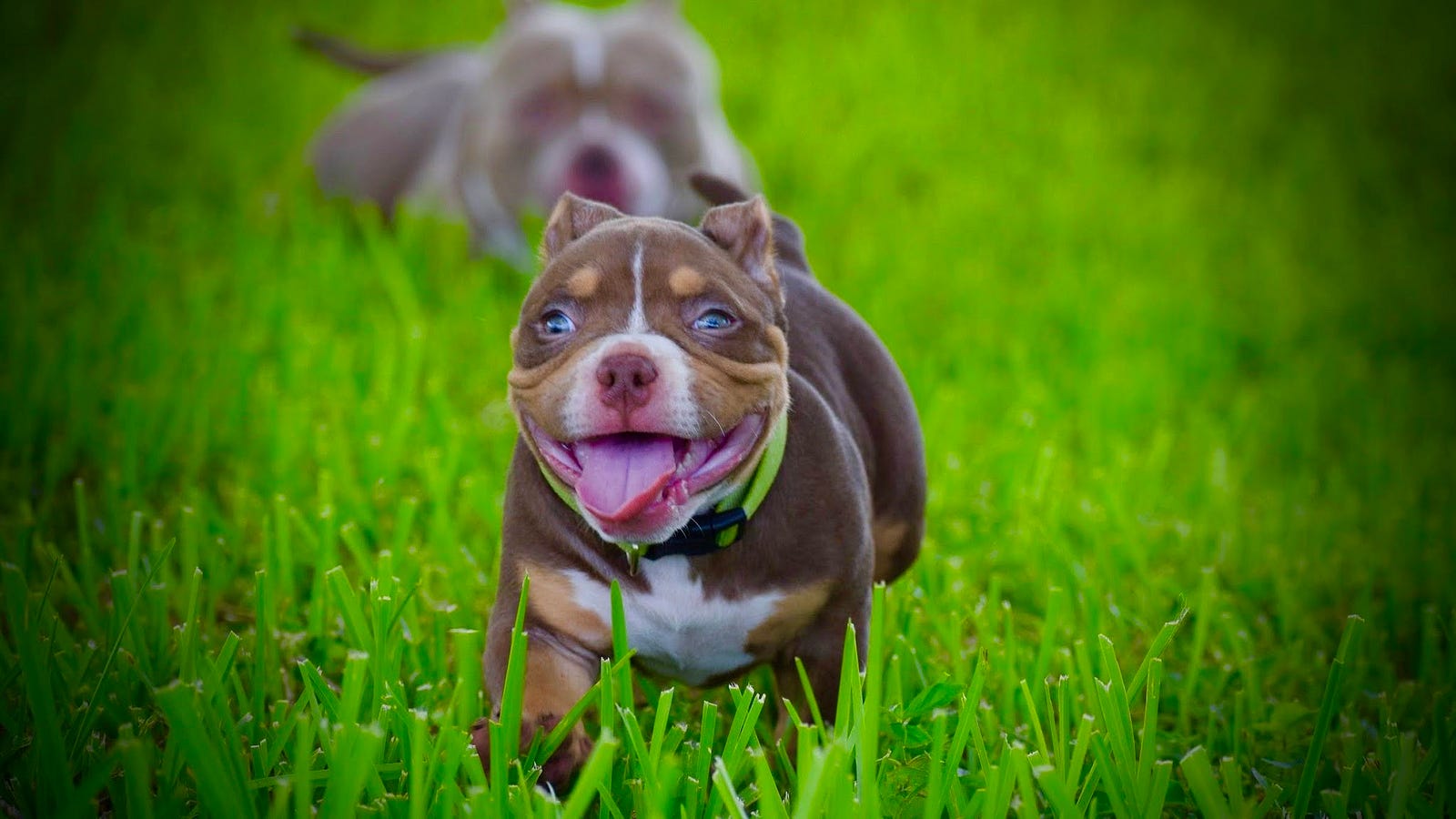
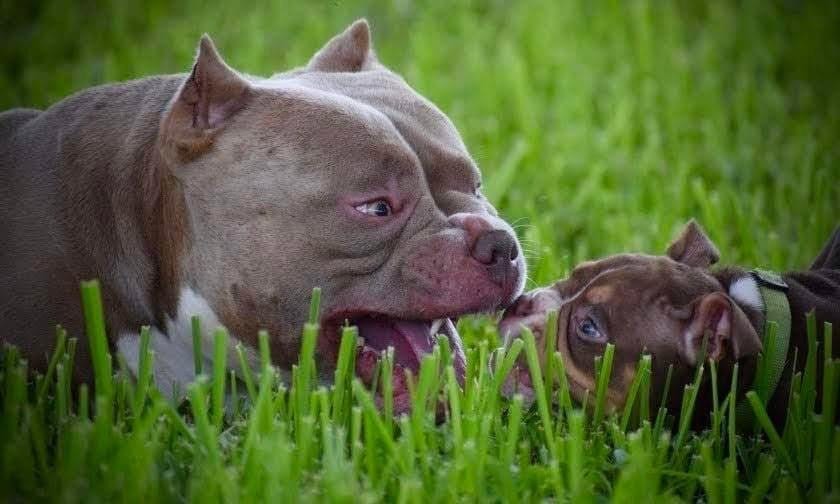
WHAT’S A POCKET PIT BULL, MINI PITBULL, BULLY PIT, MICRO PITBULL, POCKET BULLY & MICRO BULLY?
So what is a Pocket Pitbull, a Mini Pitbull and Bully pit? And how do these differ from the American Bully?
Simply put, terms like “pocket pitbull”, “miniature pitbull” and “bully pit” are not actual classifications of any breed. Now that you’re aware of this — please respectfully correct those using terms like these by educating them in a respectful way on the difference between an American Pit Bull Terrier (APBT), the American Bully & related bully breeds.
There’s no such thing as “pocket pitbulls” or a “mini pitbulls” at least not according to any legitimate registry or kennel club. Another term that’s commonly used is “bully pit.” This is another term that does not accurately describe any breed or classification of dog.
These are just terms used incorrectly when someone is attempting to refer to an American Bully.
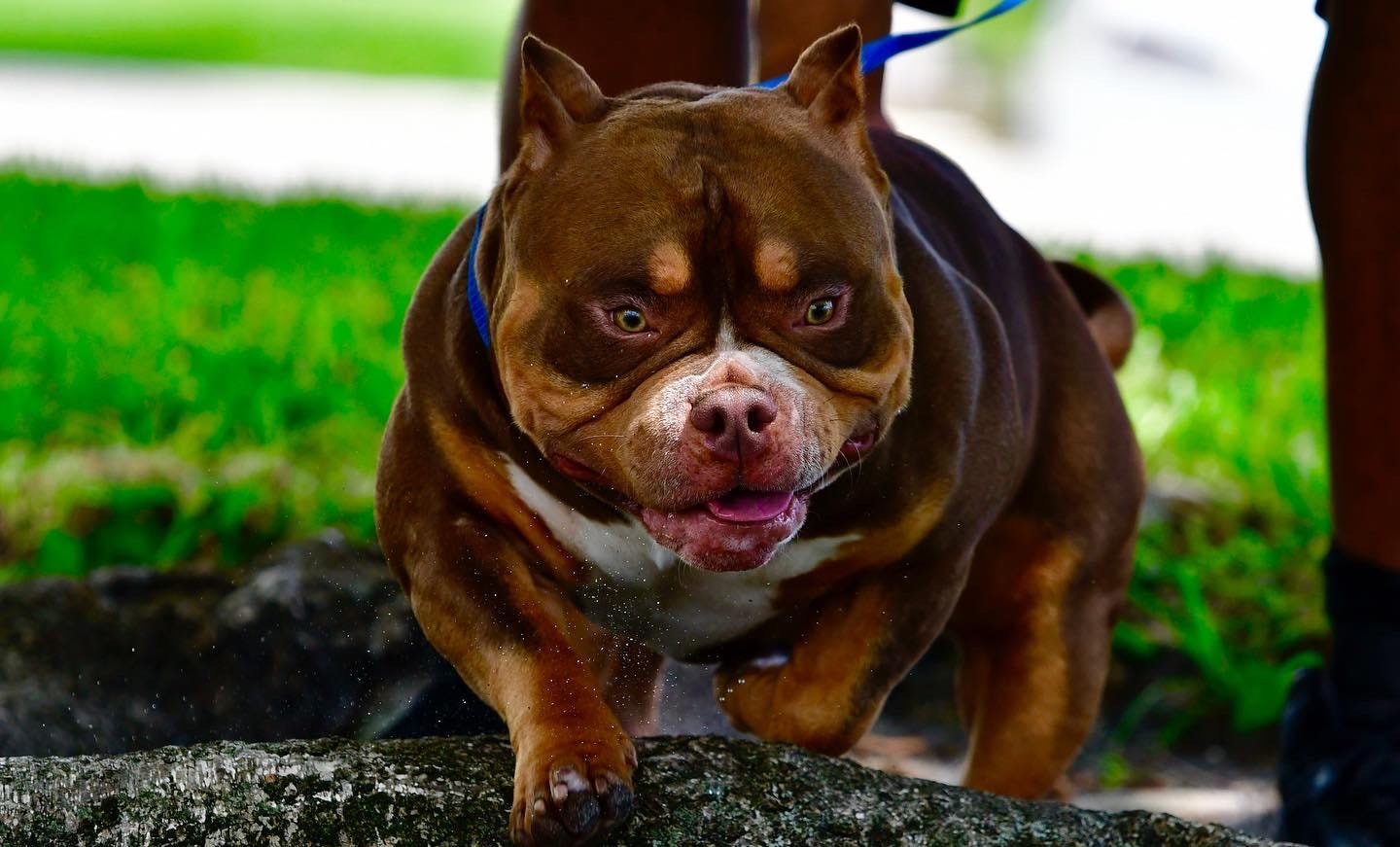
ORIGIN OF THE AMERICAN BULLY BREED
The American Bully breed was created around 1990 and gained recognition and establishment in 2004 with the inception of the American Bully Kennel Club, also known as the ABKC Registry. The United Kennel Club or UKC recognized the American Bully breed in 2013. There are other registries, but for the purposes of this article we will mention the main few- which are the ABKC, BBCR. BRC Global and the UKC.
According to the ABKC- The American Bully breed has been selectively bred to give America’s breed, the American Pit Bull Terrier, a new direction and outlet. Like with the American Staffordshire Terrier, all of the positive characteristics of the breed’s ancestry were kept. These Include loyalty, stability with humans and children, along with many of their physical attributes.
Traits of dog and human aggression have been bred out, as they have no future purpose for this trait (outside of hunting & sport) and a reinvented breed was formed — with the purpose of being the ultimate companion breed, and this breed is the “American Bully.”
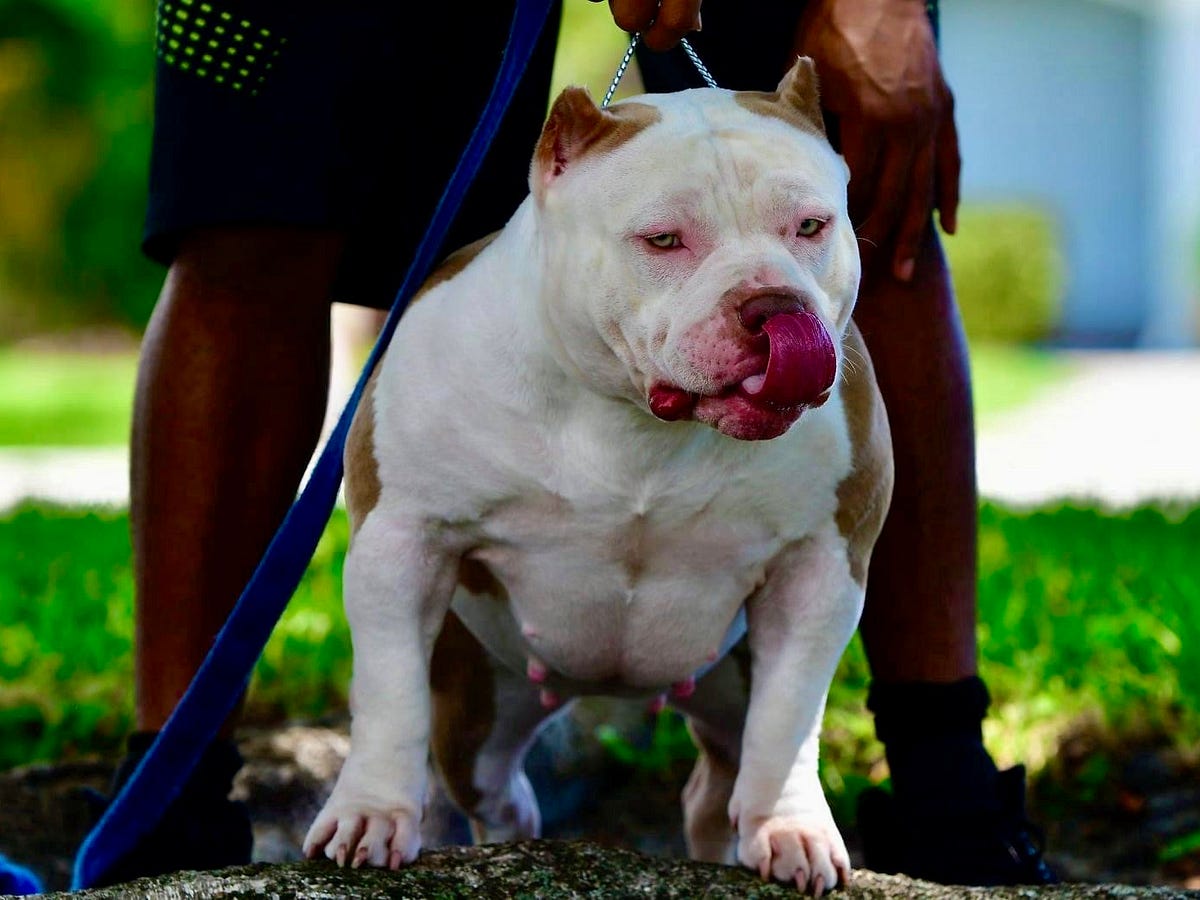
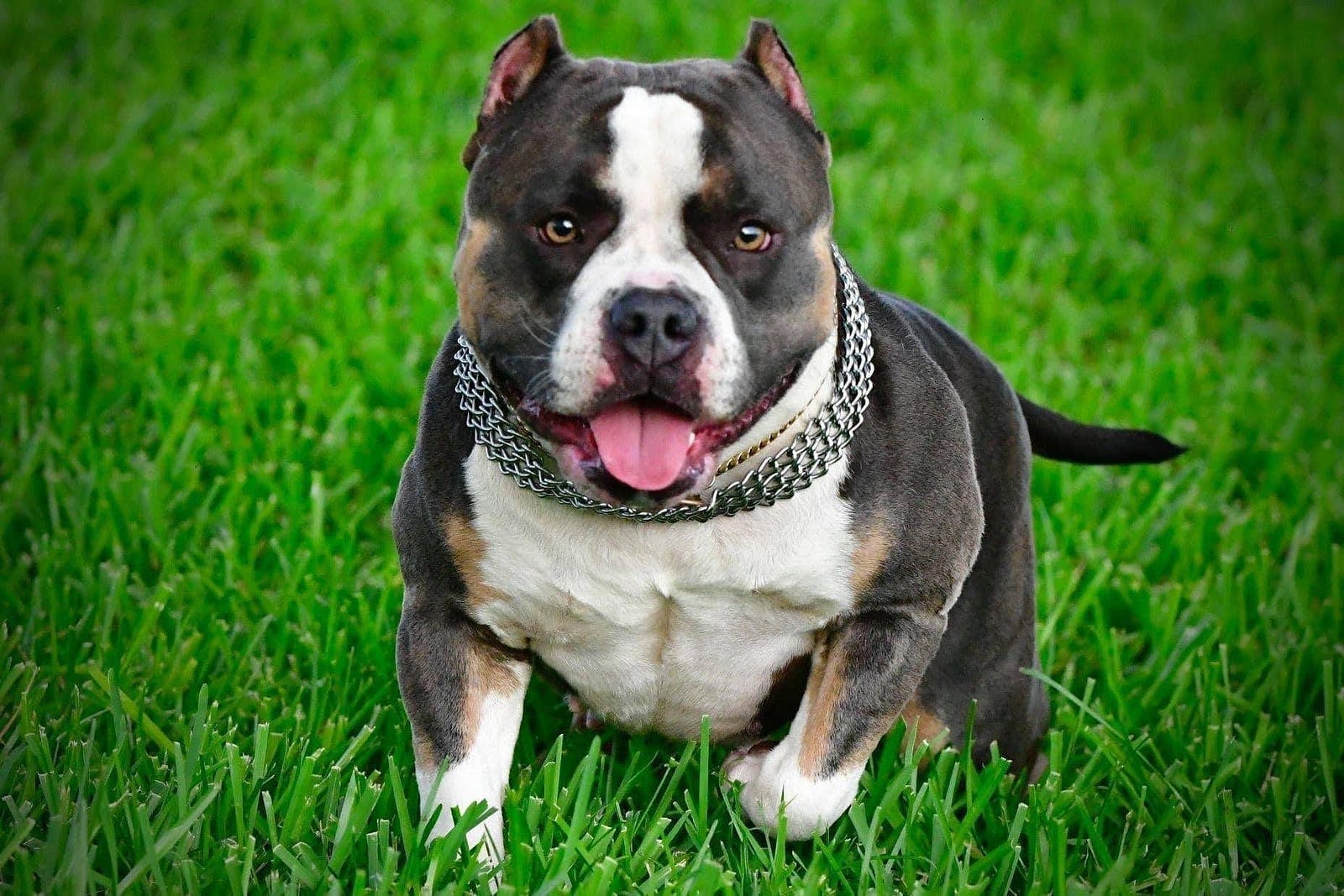
WHAT BREEDS MAKE UP THE AMERICAN BULLY?
According to the UKC- The American Bully breed was subtly influenced by the infusion of several other breeds, which include the American, English, Pacific, Olde English Bulldogge among various other Bulldog breeds.
What differentiates the American Bully breed from it’s ancestors — the American Staffordshire Terrier, American Pit Bull Terrier and various Bulldog breeds — is it’s physical appearance. The American Bully Breed is one of heavier bone structure and “bullier” build than it’s American Pit Bull Terrier and Staffordshire Terrier ancestors, but without as many of the health issues prevalent in it’s Bulldog ancestry.
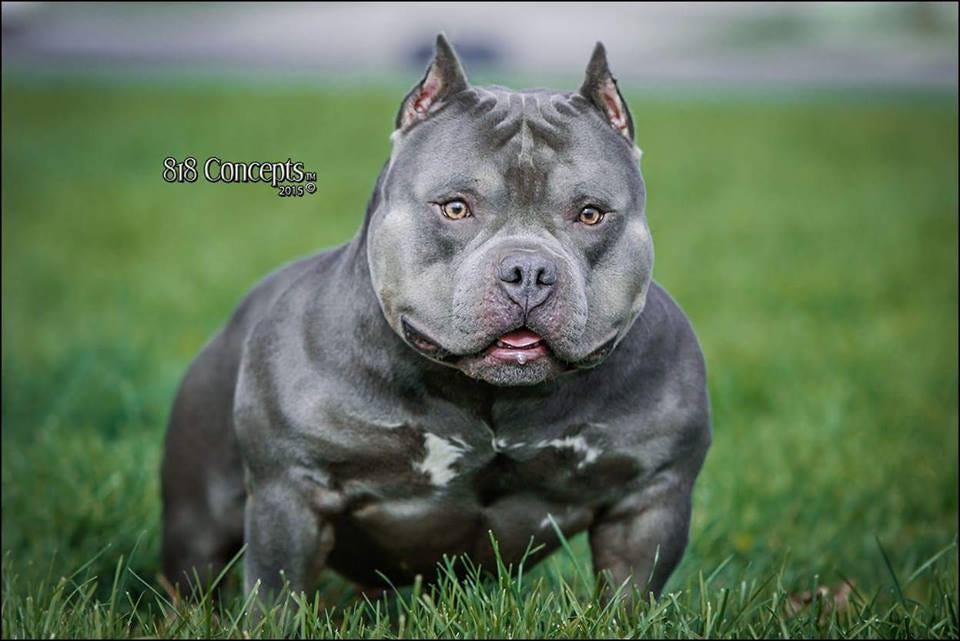
To many, it’s the perfect blend, a breed without the gameness and drive of a an American Pit Bull Terrier, yet more active and with less health issues than many of the Bulldog breeds in its makeup.
The end result: a calm, confident breed of dog with a statuesque build that many consider the perfect companion.
Read: History Of The American Pit Bull Terrier & The Evolution Of The American Bully
PERSONALITY & TEMPERAMENT
The American Bully is a happy, outgoing, stable and confident dog. Gentle and loving toward people. Good-natured, amusing, extremely loyal and an affectionate family pet. Stubborn, but obedient, this is a breed of dog wants nothing more than to please its master.
Personality can be described as goofy, playful, stubborn, affectionate and friendly. This unique breed is noted for displaying extreme tolerance with children, an overwhelming eagerness to please it’s family and an uncanny ability to sense negative emotions in it’s owners.
Overall, the American Bully is a well-rounded, reliable, trustworthy and ideal family companion. Known for their courage, they are highly protective of their owners.
PHYSICAL APPEARANCE & ABILITY
Physically, the American Bully has an impressive, athletic build, which is both muscular and defined, and displays strength and agility. The breed is versatile and capable of accomplishing a wide variety of tasks.
Physically, the American Bully has a graceful yet impressive, solid, defined, athletic build that is both muscular and toned, and denotes strength as well as agility. It is a breed capable and diverse in all tasks and abilities.
Confident, yet not aggressive, the breed possesses a very pleasant temperament, playful sense of humor and get along with people, other breeds and other species.
LIFESPAN
What is the average lifespan for the American Bully, Pocket Bully, Standard, XL Bullies?
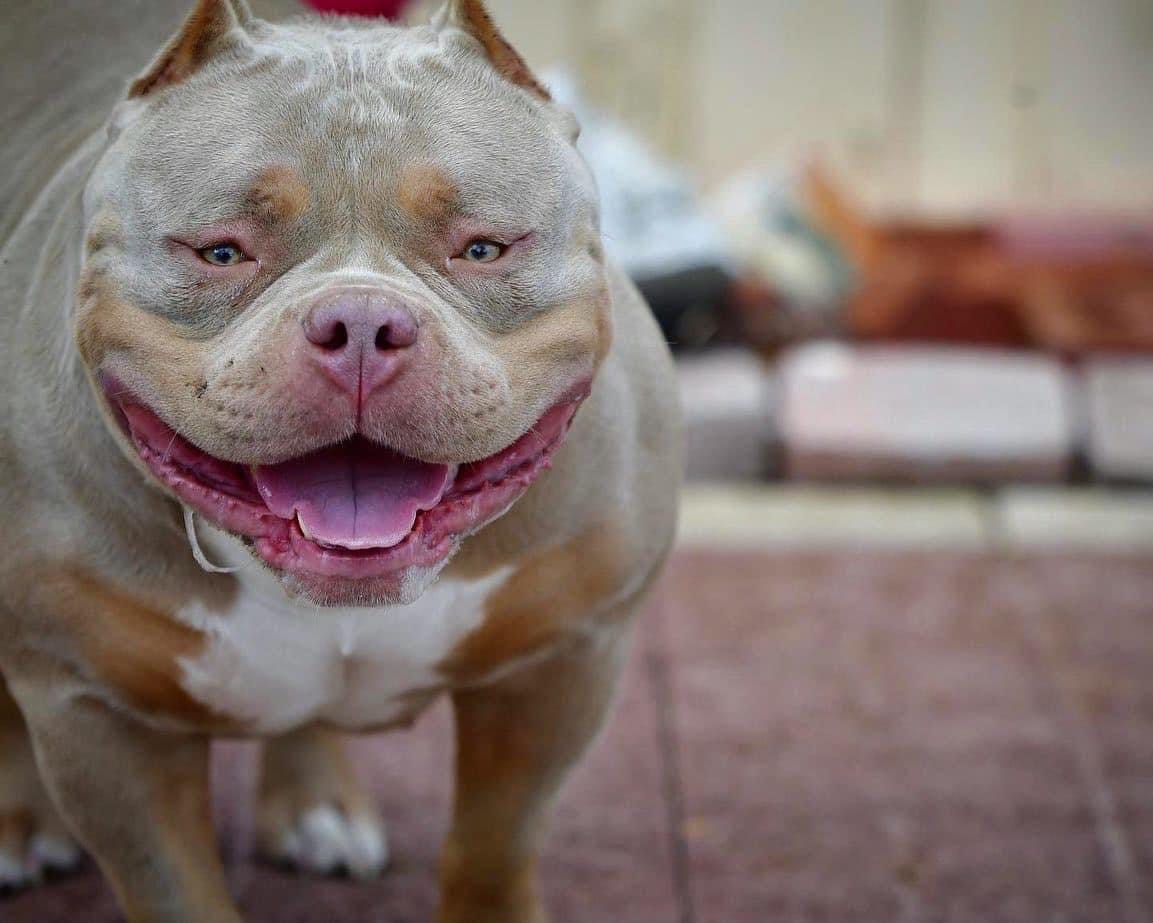
- Average Lifespan 8–12 years
HEALTH ISSUES IN THE AMERICAN BULLY BREED
What are some of the health issues present in the American Bully breed?
- Elongated Soft Palate
- Enlarged Heart
- Heart Murmurs
SOCIALIZATION
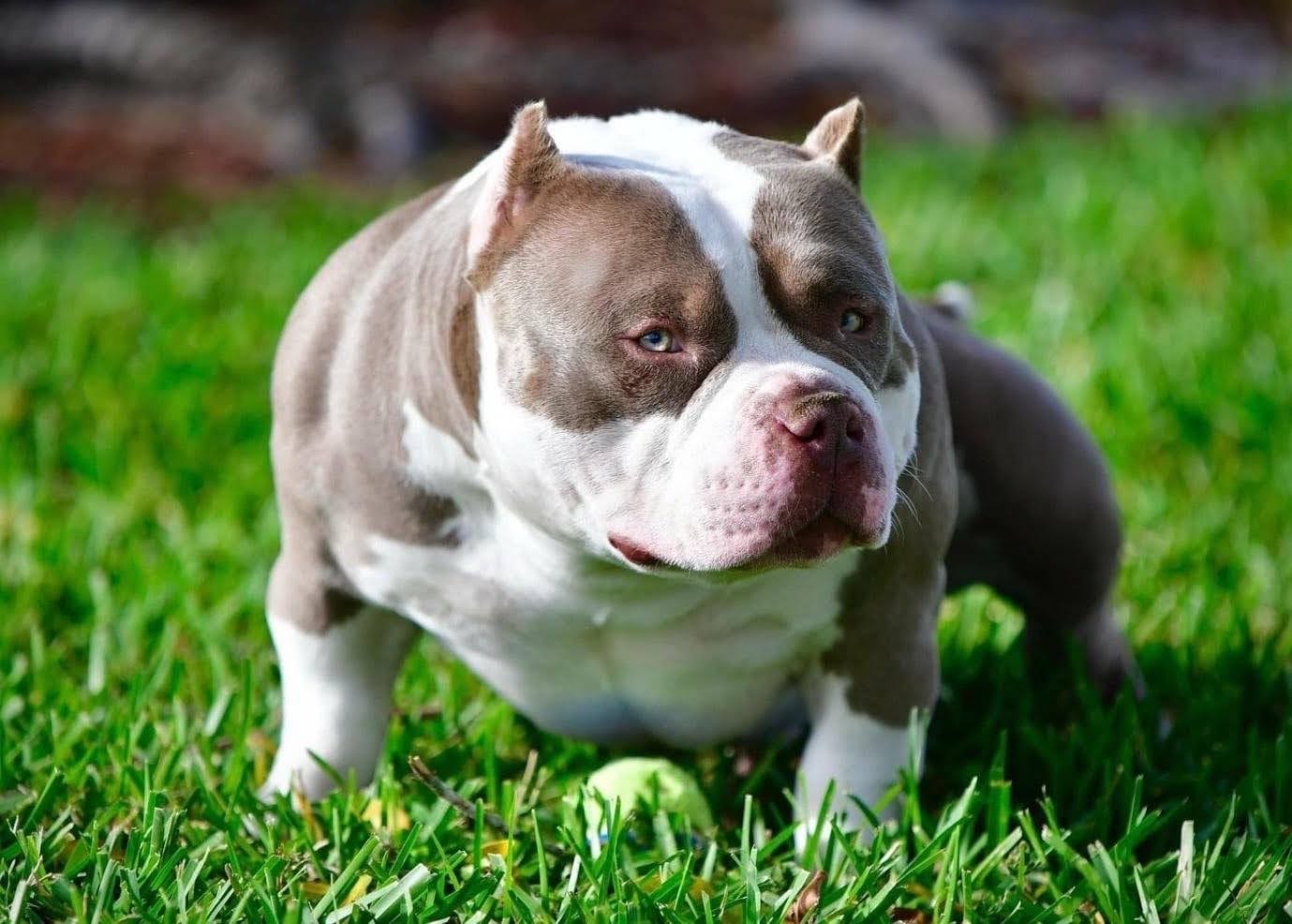
Socialization is one of the most important steps to take with your American Bully. Socialize very thoroughly when young to curb any dog aggressive tendencies. It has given outstanding results as a guardian of property, while at the same time esteemed as an excellent companion dog.
This breed is not for the passive owner who does not understand that all dogs have an instinct to have a pack order.
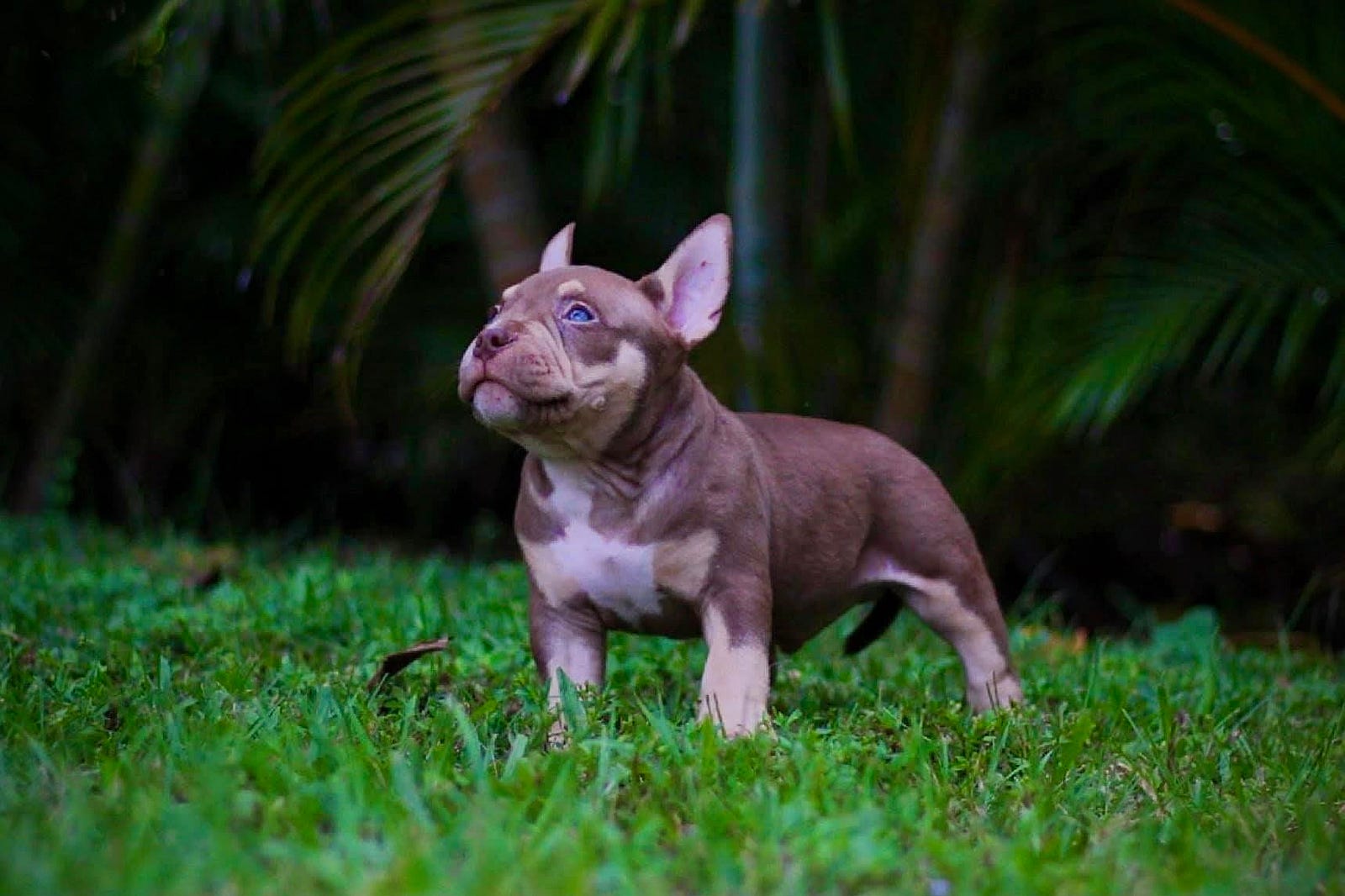
IDEAL OWNERS
The American Bully needs an owner who is firm, but calm, confident and consistent. They need to know what is expected of them; rules to follow and limits to what they are and are not allowed to do. The objective in training and successfully keeping this dog is to achieve pack leader status.
It is a natural instinct for a dog to have an order in their pack. When we humans live with dogs, we become their pack. The entire pack cooperates under a single leader; lines are clearly defined. You and all other humans MUST be higher up in the order than the dog.
This is the best way to ensure is the relationship will be a success.
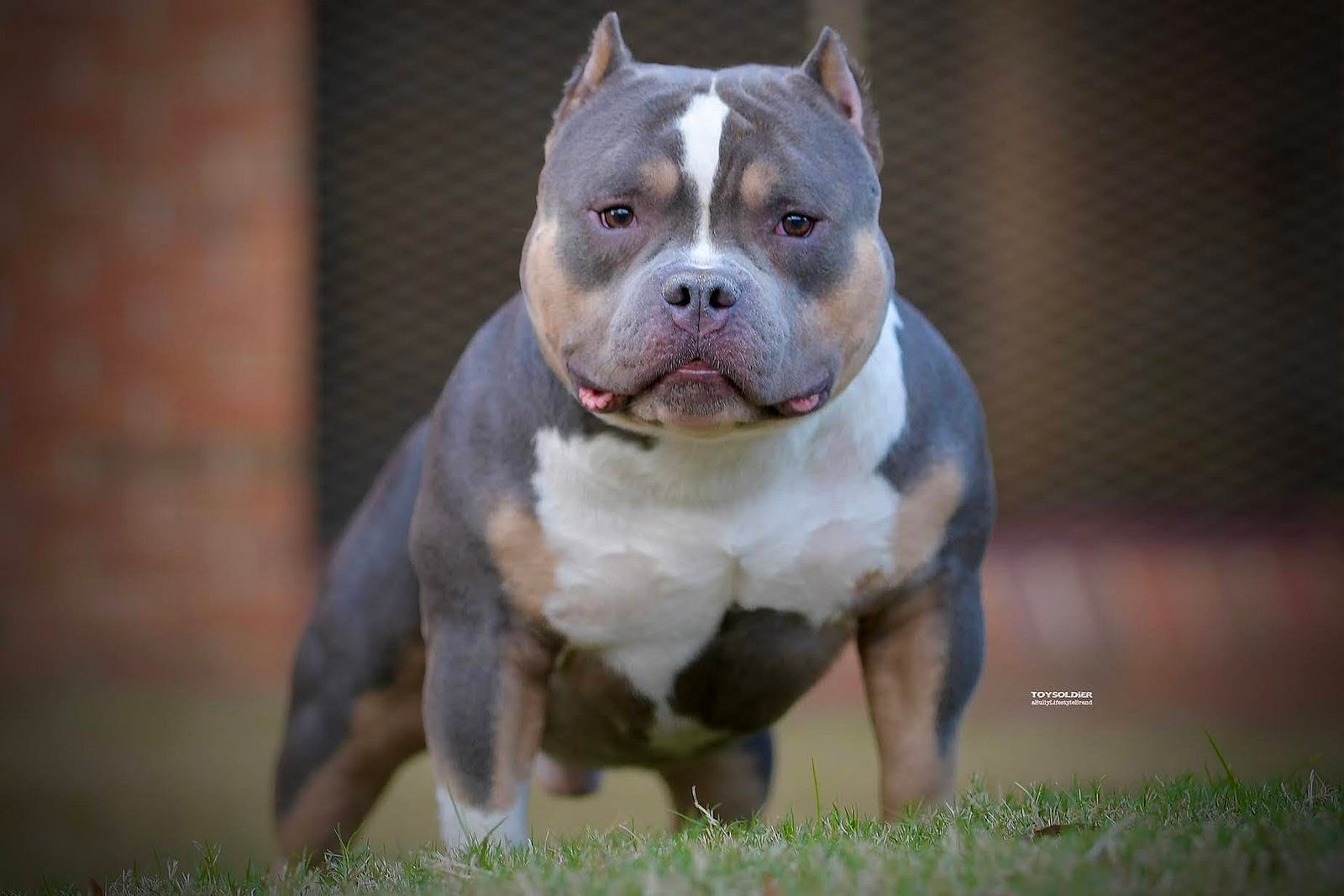
AMERICAN BULLY VARIETIES & CLASSES
For those who may be new to the breed and still learning, let’s take a look at the different Classes in the American Bully breed according to the founding registry- The American Bully Kennel Club, also known as the ABKC Registry as well as the United Kennel Club, referred to as the UKC.
There are currently four different Varieties (classes) within the American Bully breed.
The difference between them is adult height — with the exception of the Classic Variety — which is simply the same in height as the Standard, but carrying less mass.
ABKC AMERICAN CLASSES 2014-PRESENT
This is an amendment to the basic standard which a Pocket Bully is determined by its adult height.
Males under 17″ and no less than 14″ at the withers. Females under 16″ and no less than 13″ at the withers.
STANDARD
The American Bully should give the impression of great strength for it’s size. It is a compact and medium/large size dog with a muscular body and blocky head. The American Bully should have the appearance of heavy bone structure with a bulky build and look.
Males 17 inches — 20 inches (43 cm — 51 cm) at the withers. Females 16 inches — 19 inches (40 cm — 48 cm) at the withers.
CLASSIC
This is an amendment to the basic standard. A Classic Bully is determined by it’s body structure and build. Both sex dogs with lighter body frames and less overall body mass, but still exibiting “bully” traits.
The Classic Bully variety is simply an American Bully dog having lighter body frames (lighter bone) and less overall body mass (less substance) than the Standard American Bully.
Aside from this difference, the Classic Bully variety follows the same standard as the Standard American Bully.
XL
This is an amendment to the basic standard, determined by it’s adult height. It is important to note that the XL Bully variety is simply taller than the Standard American Bully. XL dogs share the same build, body type and breed type as the Standard American Bully.
Males over 20″-23″ at the withers. Females over 19″-22″ at the withers.
PURCHASING AN AMERICAN BULLY PUPPY
Now that you have a basic understanding of the different classes of the American Bully breed and that that a dog’s height (and occasionally build) determine their class, for those interested in purchasing an American Bully puppy — let’s discuss where to begin doing your research before making the commitment to own one.
DECIDE WHAT YOU’RE LOOKING FOR
After deciding on which size American Bully best suits your lifestyle and living environment — next ask yourself what is your goal? Are you looking for a companion to have as a pet — or are you considering having a litter of puppies or competing in conformation events?
The answer to these questions will help you decide where to begin your search and will also have a big effect on the price that you will be paying. If you’re simply looking for a pet, you can find one for much lower prices than than show or breeding stock.
If you plan on showing or breeding in the future — it often makes sense to pay up for a higher quality dog than what you would be getting a pet prices.
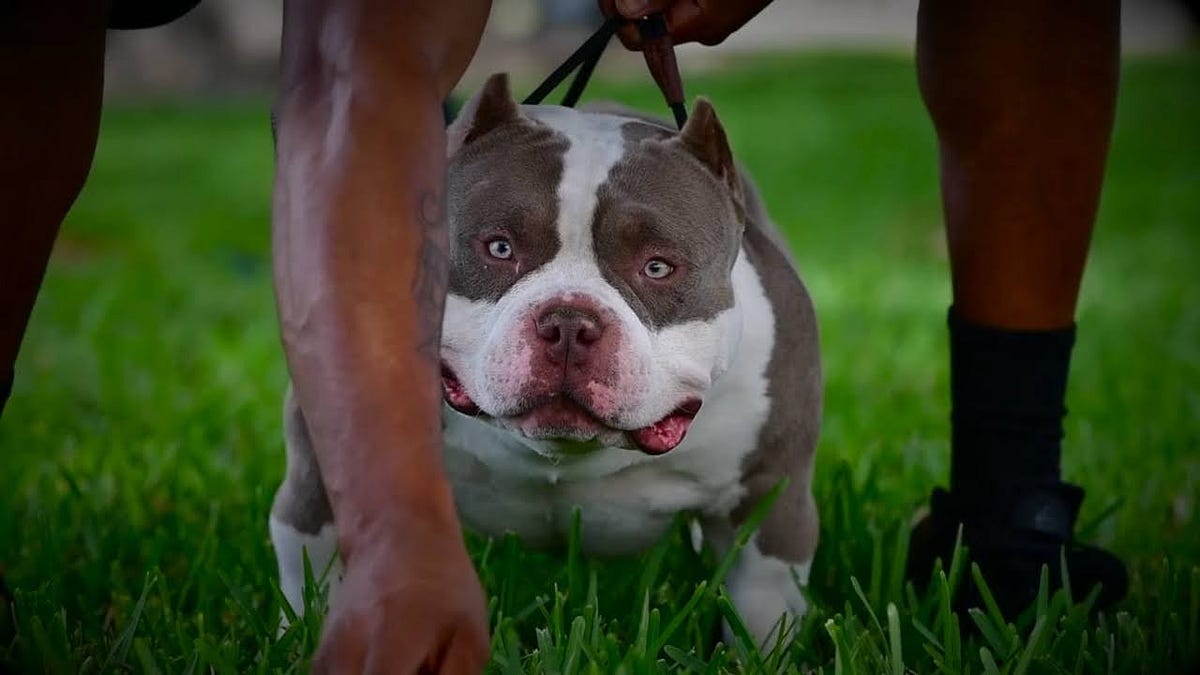
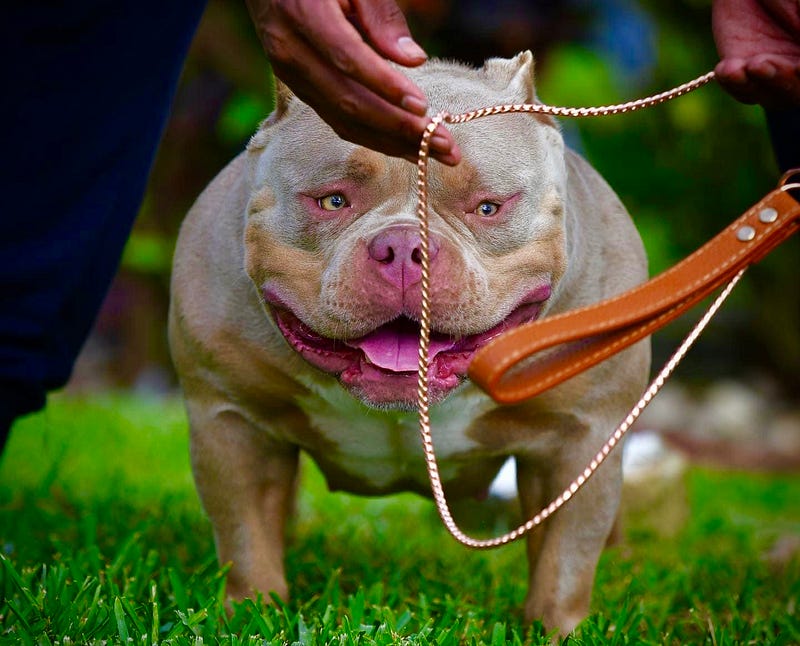
HOW MUCH DOES AN AMERICAN BULLY COST?
One of the most common questions is “how much does an American Bully cost?” Unfortunately, the answer isn’t that simple. Depending on pedigree, accomplishments, structure, quality & bloodline — prices can run between $5000 to $10,000+ on average, although prices can be well above or below this range.
PET/COMPANION PRICES
For those just looking for a great companion and not interested in breeding — you can find an American Bully puppy for sale without breeding rights at pet prices for around $1000-$2500.
Quality bloodlines from top breeders will cost much more than this.
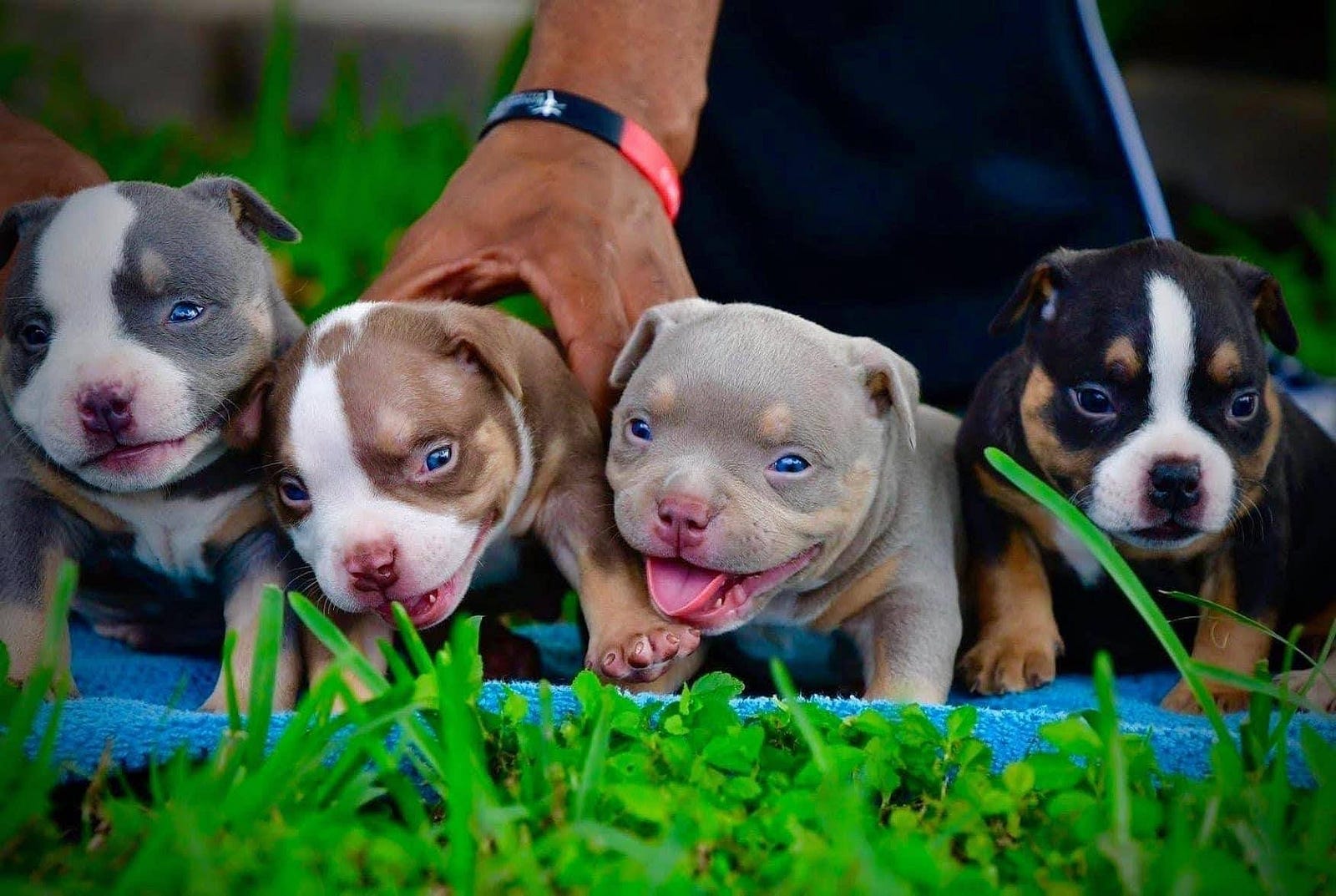
TOP BLOODLINES & BREEDING STOCK
For those in the market looking for puppies off of the best bloodlines can expect to pay $15,000 to $20,000+ to purchase foundation breeding stock. But, it’s important to keep in mind that there is no shortage of scammer out there looking to take your hard earned money — so always do your research first to make sure that you’re dealing with a legitimate breeder.
Has the breeder produced any notable dogs? Any known Studs? Have they produced any Champions or Grand Champions?
Lastly, it’s important to keep in mind that just because one breeder is asking for higher prices on their dogs it doesn’t mean they’re better than a breeder that’s selling their puppies at lower prices.
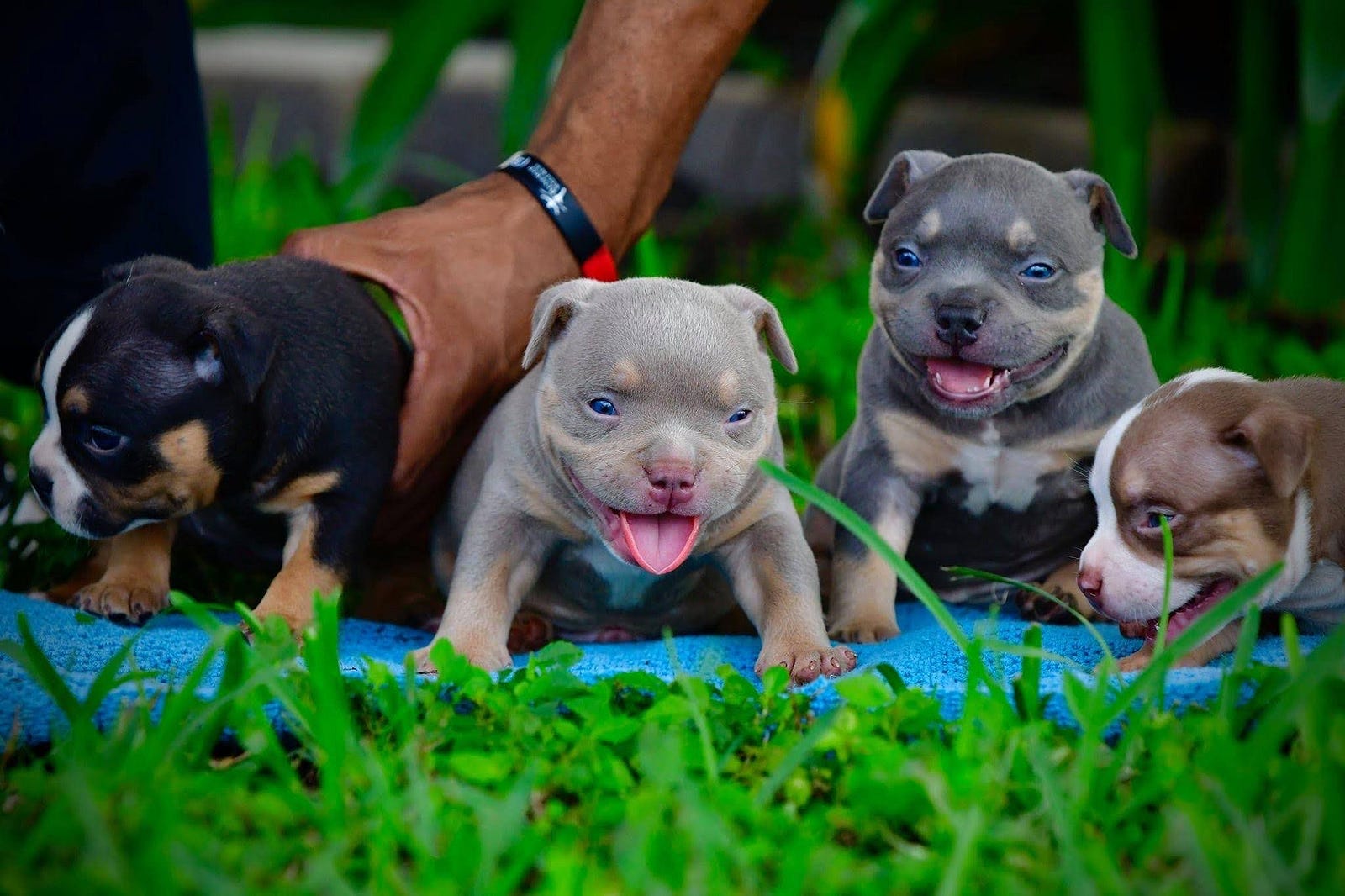
QUALITY COSTS
Many new buyers see cheaper dogs for sale make the mistake of going the cheaper route — only to end up spending several thousand dollars over the course of their dog’s lifetime on supplements.
They’ll use muscle building supplements like Bully Max and Muscle Bully — only to end up with the realization that they’ll never get the build they could’ve gotten had they just invested a little more a in a quality bloodline from the start.
AMERICAN BULLY BREEDING
BEFORE BECOMING AN AMERICAN BULLY BREEDER
Before making the commitment to become a breeder and establish your own bloodline, an honest appraisal of your resources is in order. First, do you have the money and time to invest in this endeavor?
A large kennel facility is usually not necessary if you get two or three quality “foundation” bitches to begin with.
Do you have cash on hand for progesterone testing, artificial inseminations, emergency c-sections, vet bills, and proper care for the puppies? What if your breeding female becomes ill or develops an infection like pyometra? Do you have 3–5K saved in the event an emergency happens?
The worst possible thing that you can do is make the decision to become a breeder and then not be able to afford care for your dogs in the event of an emergency.
THE COMMITMENT INVOLVED
Perhaps even more important than space and money is the commitment to the pups that you will be producing. For a breeder to know if their breeding program is successful, ongoing evaluation of the pups is essential. Most of us do not have unlimited space, so placing pups in good homes where they will receive adequate care and nutrition, training and evaluation is going to be essential.
Once you’ve done your homework, have your resources in order, have decided on a class or type and have made the decision that you’re willing to commit to everything required to responsibly care for and breed dogs, you’re going to want to start by purchasing foundation stock.
See: How to Become a Successful American Bully Breeder: American Bully Types, Classes, Foundation Dogs & Breeding Techniques
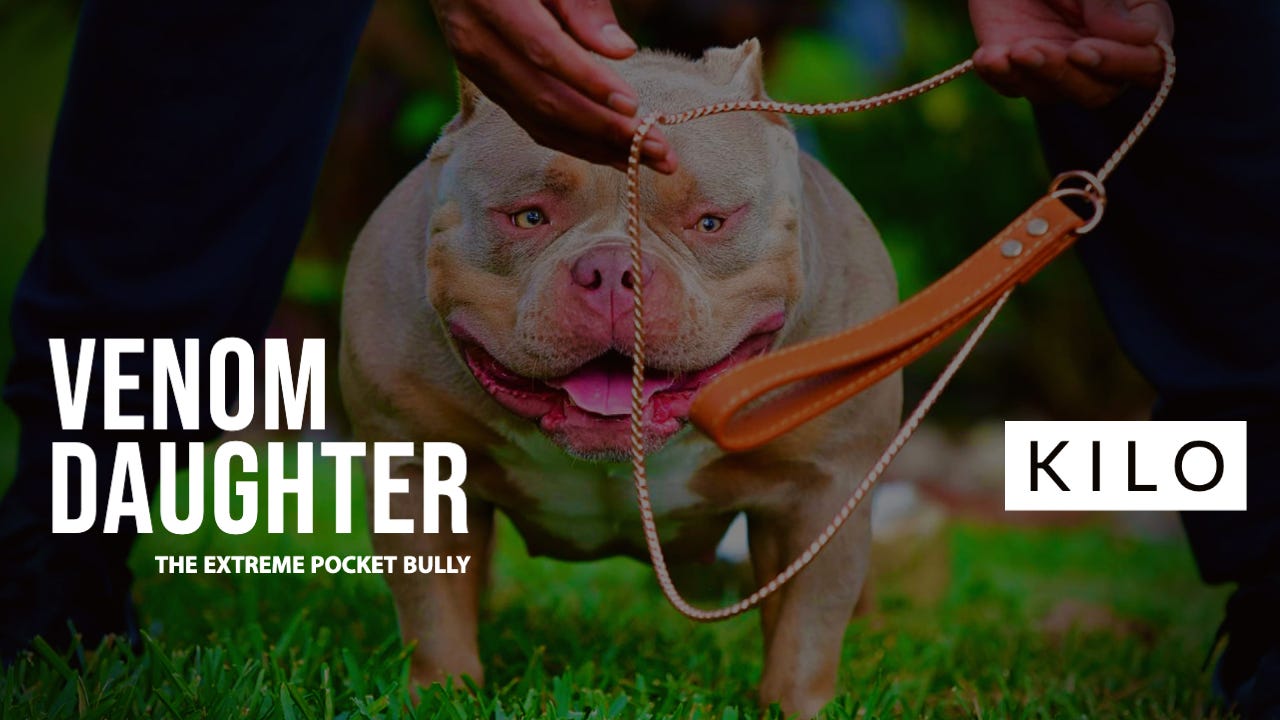
AMERICAN BULLY BREEDING
Many that get started in the dog breeding business usually purchase a stud dog or two along with some female dogs. As discussed in American Bully Breeding 101, the better way of going about this is to start off by purchasing female dogs.
Then when your female reaches breeding age you can contact the kennels that offer stud service or contact the kennel you purchased your puppy from to use their Studs.
Housing, feeding, and taking care of stud dogs is expensive and you’re not always guaranteed to have a great stud dog once they mature.
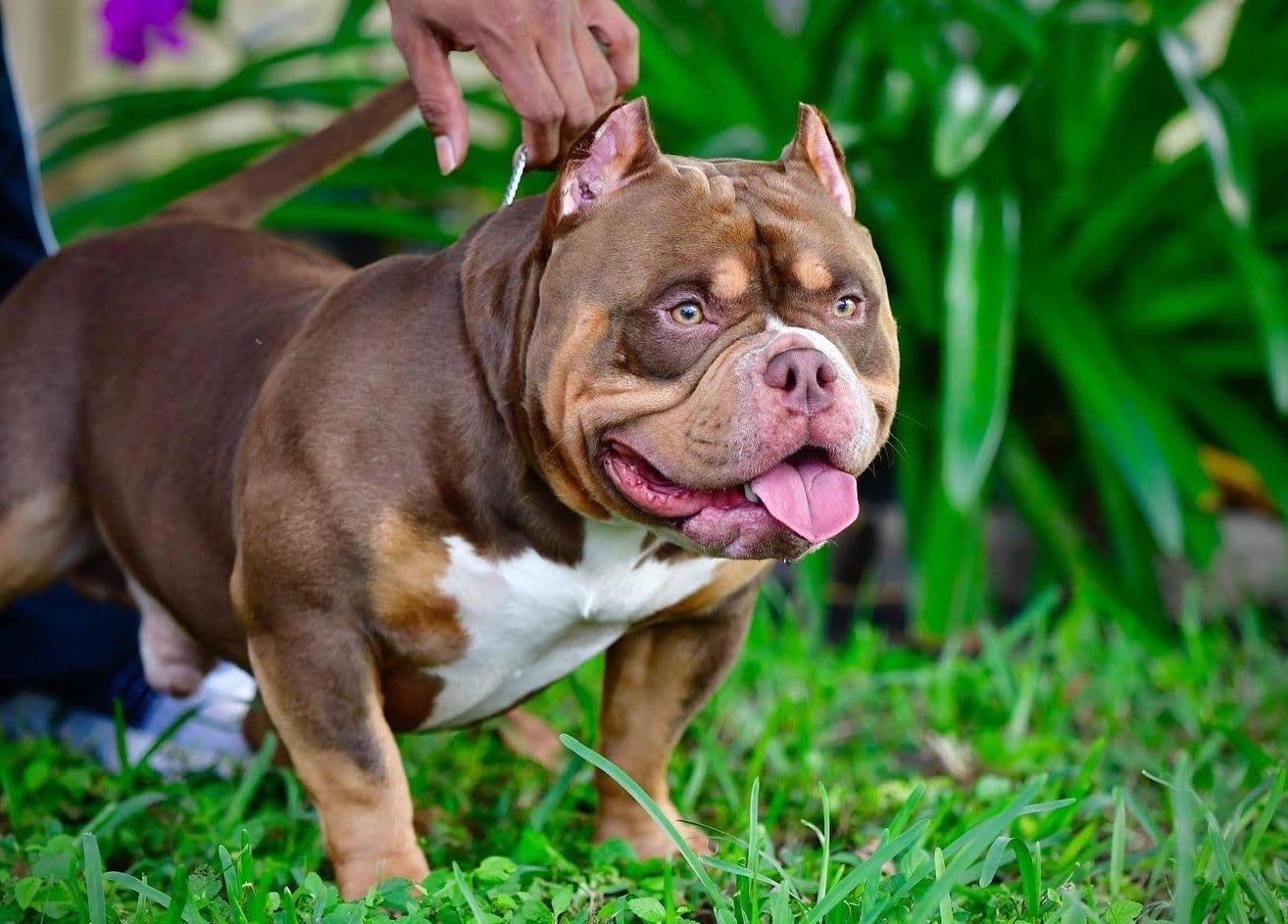
FINDING AN AMERICAN BULLY STUD
There are many ways to find a Top American Bully Stud — these can include in person events like dog shows hosted by the ABKC, UKC, BRC, a search on any of the online pedigree database like Bullypedia, BullyPedex or BullyDex.
These can be especially useful if you’re considering line breeding and looking for a common ancestor. Lastly, through word of mouth or by traveling to the Stud Owner to see the Stud in person. Breeders that photoshop their dogs will do just about anything possible in order to avoid having their Customers see their dogs in person.
It’s understandable if well known Stud’s owner is busy, but most will make time for Customers who are traveling down.
If you get a resistance when asking if you can see the Stud in person for the breeding — this is usually a red flag. Not every Stud dog online is what they look like in photos.
- ABKC Shows & Events
- Pedigree Databases
- Word of Mouth
- Traveling to Stud Owner
DECIDING ON AN AMERICAN BULLY STUD
GET DETAILED PEDIGREE INFORMATION
Choosing a Stud is a big decision and one that can set up your kennel for success. Be sure to get detailed pedigree information on the dogs to ensure that you are getting a quality linebred dog — meaning the same ancestors appear more than once in the 4 generation pedigree.
Linebred or inbred Studs usually produce more consistent litters than scatterbred ones. Kennels that have been around for a while that have quality productions know this — and will usually linebreed.
All of the Studs at Venomline are linebred, health tested, DNA-Profiled and carry every color including all tri color variations and are bred to produce.
But don’t take our word for it — always check a Stud’s Productions.
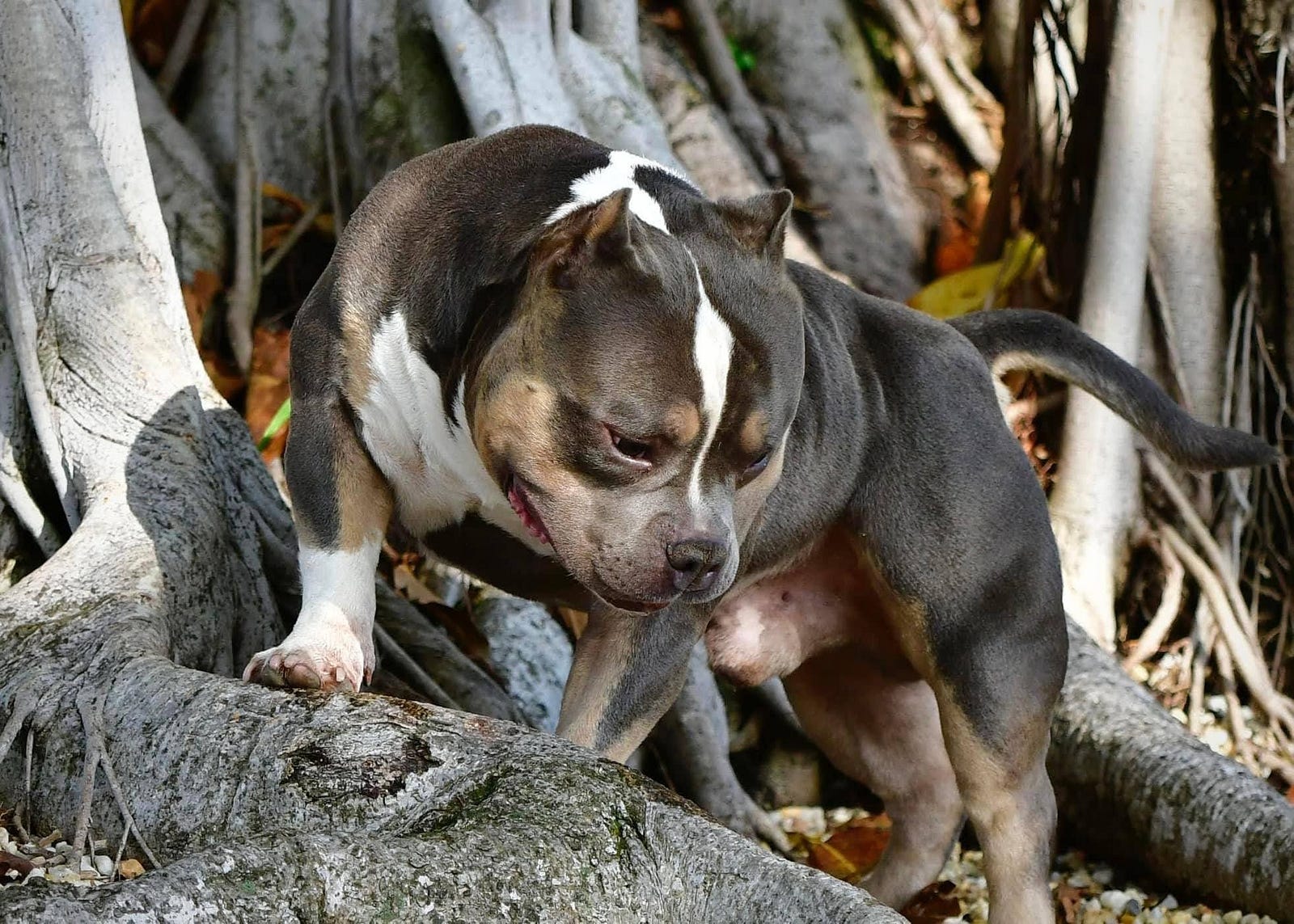
WHAT TO LOOK FOR IN AN AMERICAN BULLY STUD
- Linebred/Inbred
- Productions
- Pedigree
- Consistency with different bloodlines
- Show Dogs Vs Brood Stock
LINEBRED/INBRED VS SCATTERBRED
As mentioned above — linebred and inbred Studs have a higher likelihood of passing on traits to their offspring. By using a linebred or inbred Stud over a scatterbred one — the results become apparent in the quality and consistency of a litter.
It’s not difficult to figure out why — basic genetics & simple math: a dog that carries more copies of the desired genes — will have a higher likelihood of passing on them on to their offspring.
NOT ALL LINEBRED/INBRED DOGS MAKE GREAT STUD DOGS
Now this doesn’t mean that all inbred and linebred dogs make great Sires. There are plenty of disasters of linebred/inbred Studs all over the place.
A quick scroll through any of the bully groups on Facebook and you’ll find there’s no shortage of examples. Take a look at any of the exotic bully groups if you really want to see some mistakes.
SETTING TRAITS
INBREEDING & LINEBREEDING
It’s important to understand that inbreeding and linebreeding are tools used to set traits. But, with the benefits, also comes downside. There are risks to closely related breedings that should not be understated. Inbreeding is a double edged sword that can also cause issues if done irresponsibly.
The word inbreeding carries with it a negative connotation by those unfamiliar with dog breeding, but the best examples of nearly every recognized breed since man domesticated the dog — have been the direct result of careful selection, linebreeding and inbreeding.
These types of breedings should only be carried out by experienced breeders that have a full understanding of the risks involved. In order to avoid COI (Coefficient of Inbreeding) from becoming too high, an outcross is recommended immediately following any inbreeding.
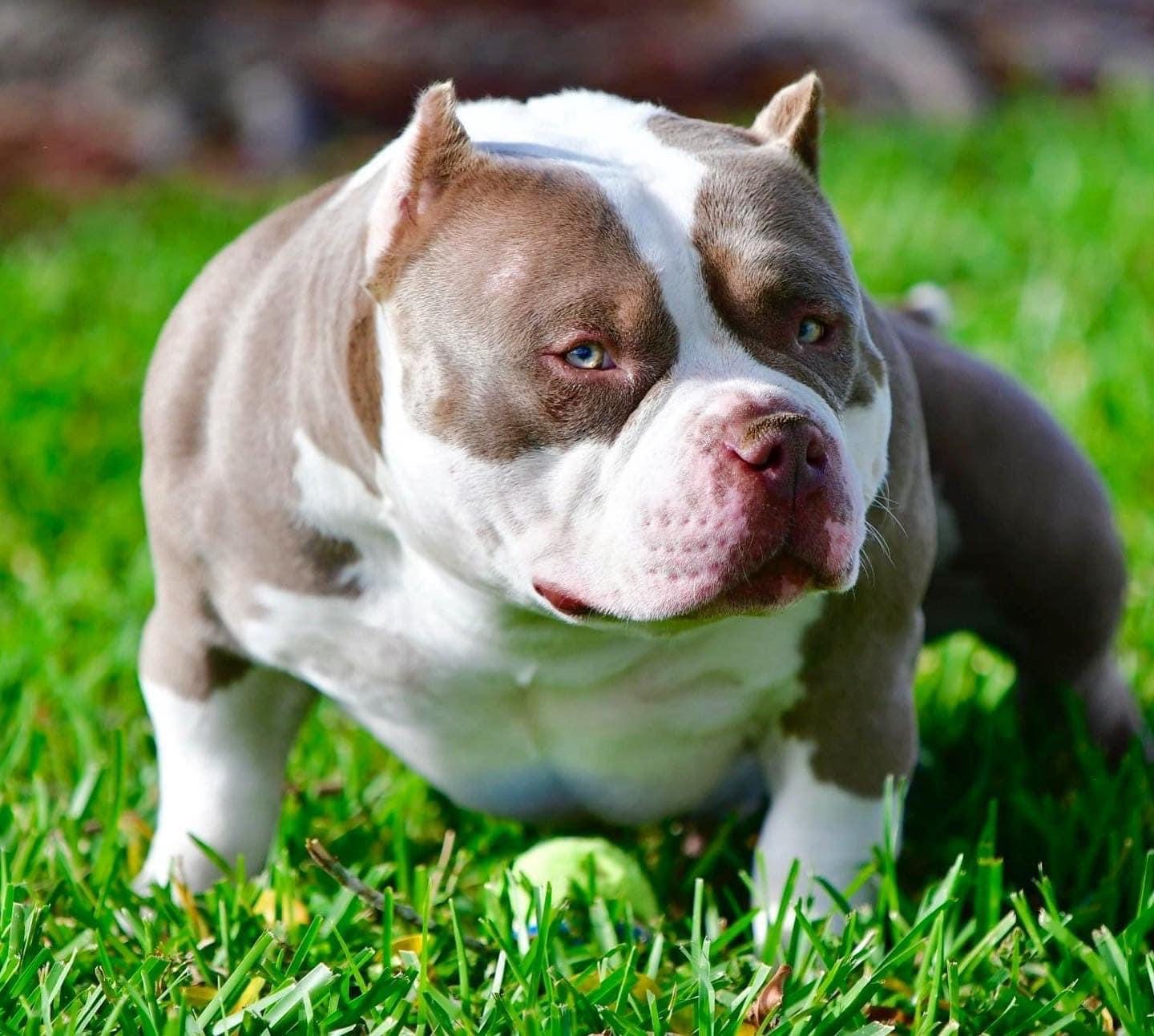
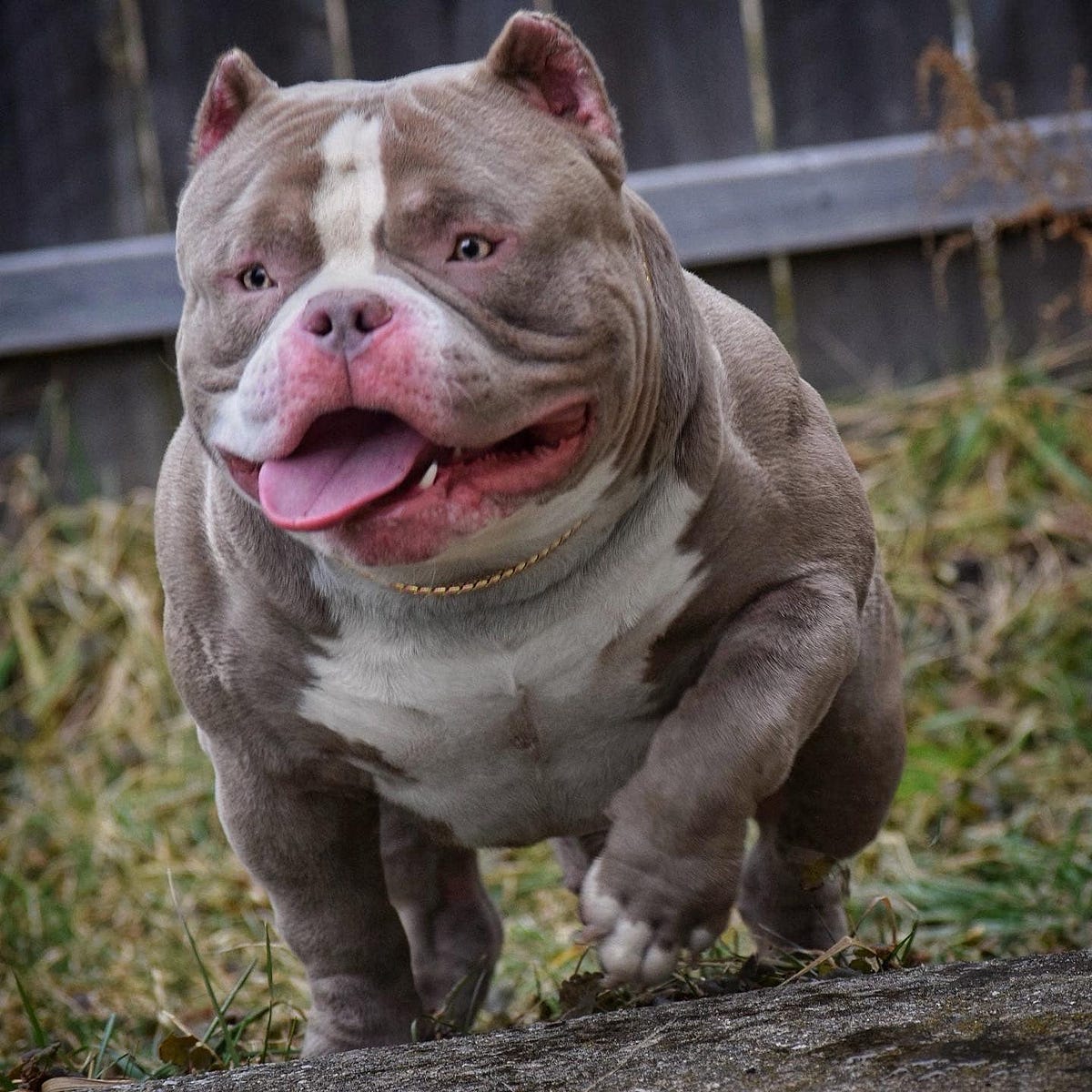

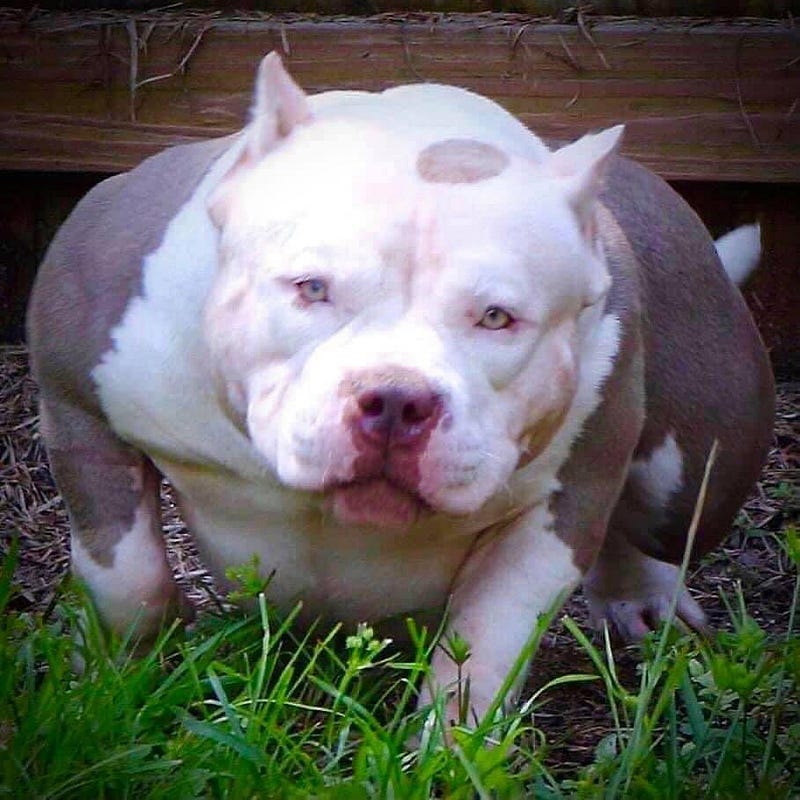
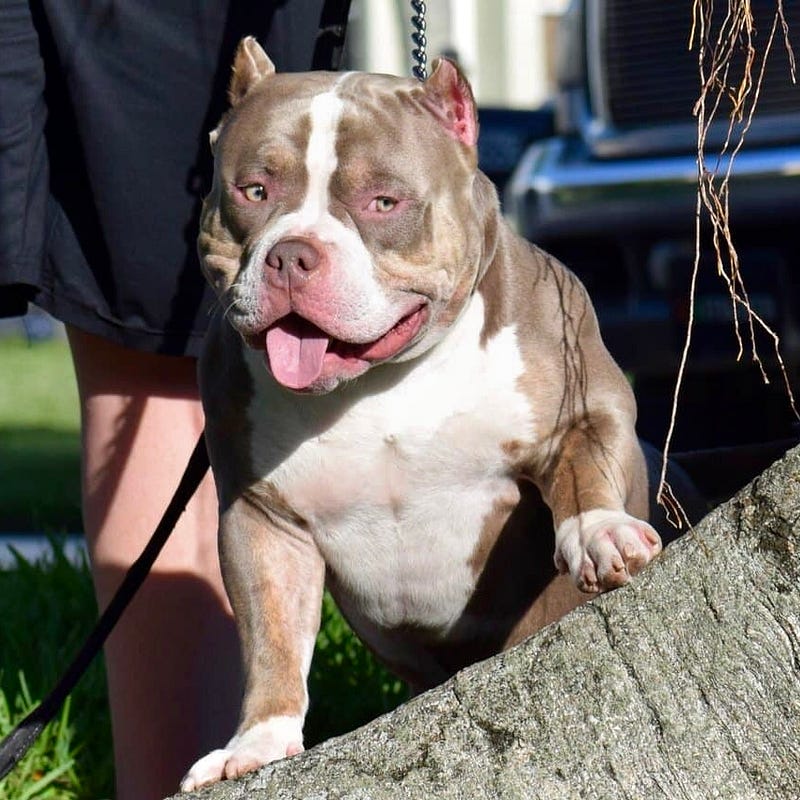
Again, inbreeding is done to set traits. But it’s important to keep in mind that this doesn’t mean you’re just doubling up on the good, You’re also doubling up on the bad — this includes negative recessive traits and/or genetic disease. Ones that you may not have been aware even existed.
SHOW DOGS VS BROOD STOCK
Another common mistake that’s often made is assuming that just because a dog is a show dog, a Champion or just a good looking dog — that this automatically makes them a suitable Stud.
Just because a dog carries “type” or is proven in the Show ring — this includes Champion & Grand Champions — does not automatically mean that they will be great Stud dogs.
COMMON MISTAKES
Avoid common mistakes that can be costly when starting out — by going with a reliable breeder. There are plenty of Stud owners that will be happy to take you money — but not all of them will deliver.
INTERNATIONAL STUD SERVICE
This is especially true when importing semen Internationally. Stud owners who aren’t experienced Shipping Internationally — aren’t always familiar with the testing requirements to import.
Each country has different import requirements and testing that’s required that has to be completed (often within a specific timeframe). If the required testing isn’t completed within this set time frame — or if the breeding units aren’t prepared, packaged or labeled correctly — the shipment can end up getting held up in customs with some not even making it into the country. It happens a lot more than you’d expect.
International Customers can book our Studs, pay in any currency and schedule Stud(s) for Collection. Now seamless and simple.. HERE
WORK WITH AN EXPERIENCED BREEDER
So while some of the breeders may not have bad intentions — many will end up not being able to get shipments into the Customer’s country — and providing the services that they were paid for. Others are outright scams.
Avoid all of these issues by choosing an experienced breeder with a good reputation. One that can provide referrals of Customers that have successfully imported semen into your country. Be sure that your shipment is insured as protection in the event a tank goes missing or is held up by Customs. Lastly, all details of the transaction, payment amount and exactly what the Stud owner agrees to provide for the amount paid in Contract.
VENOMLINE NEWS
BEASTLY TV
RECENT LITTERS
LOUIS V LINE’S VENOM X MTB’S KILO
KING KOOPA X TBK’S SMOKEY LOTUS
CH HOMICIDE X VENOMLINE’S VIXEN
VENOMLINE STUDS & STUD SERVICE
Please Visit our Website to view our Top American Bully Studs, Available Studs & Fees & to Learn How Stud Service Works.
If this is your first time shipping in an outside Stud in please take a moment to read how our Stud Service works. We ship Worldwide and make the entire process simple & stress free.

VENOMLINE BREEDINGS & PUPPIES FOR SALE
Upcoming Venomline Pocket Bully Breedings & American Bully Puppies for Sale. To view an up to date list of Upcoming Breedings, Available Puppies & Litters on the way — please Visit our Website.

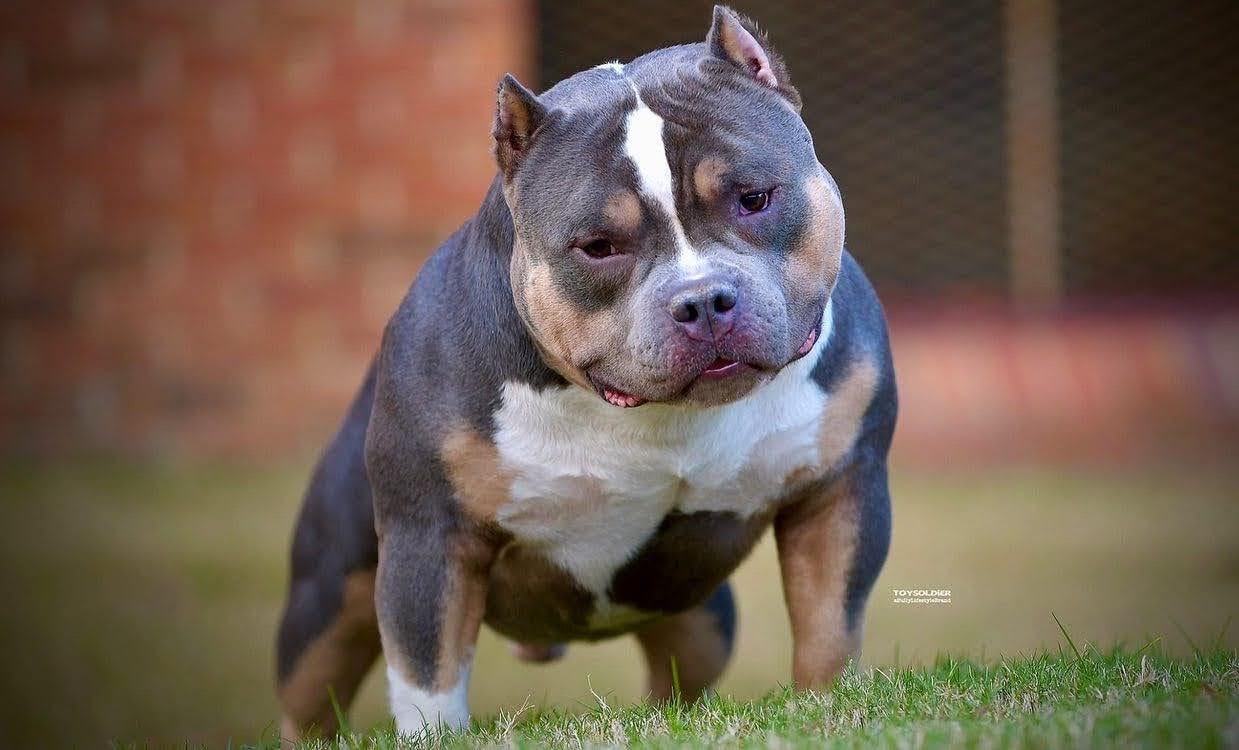
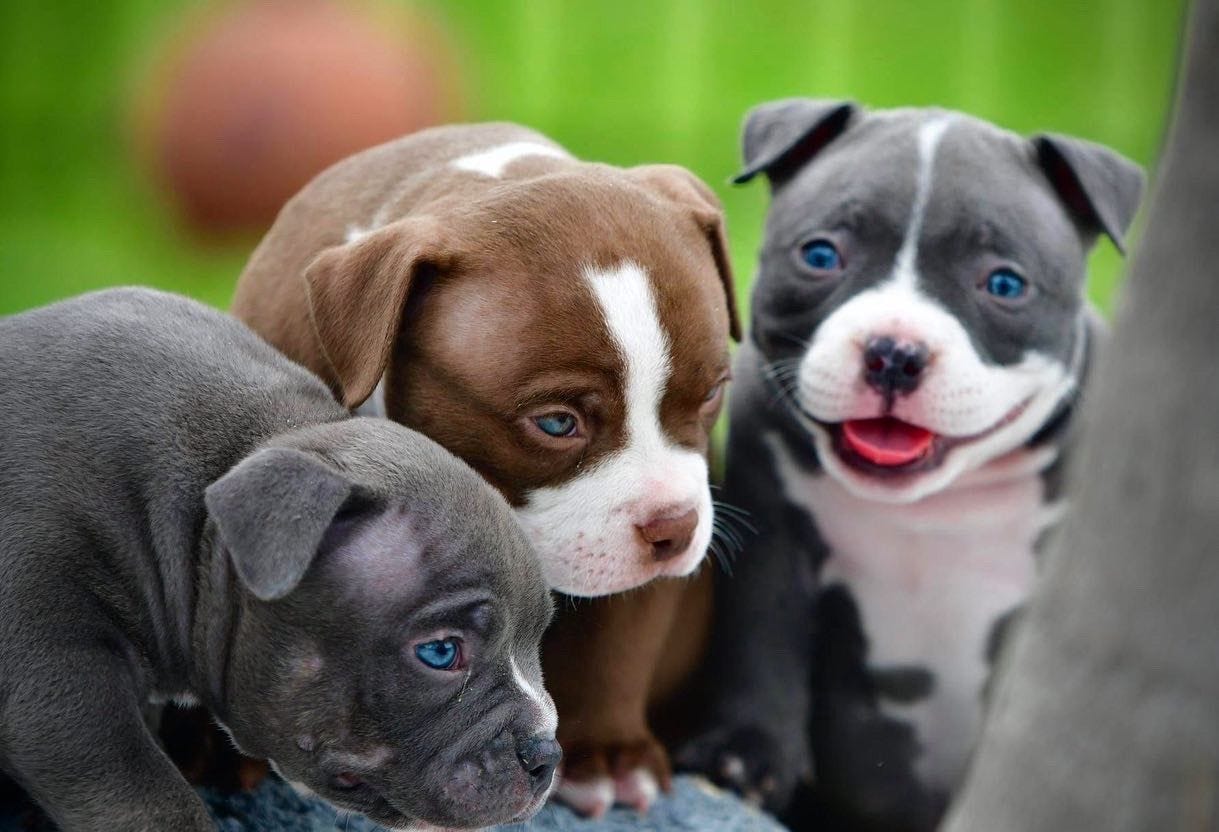
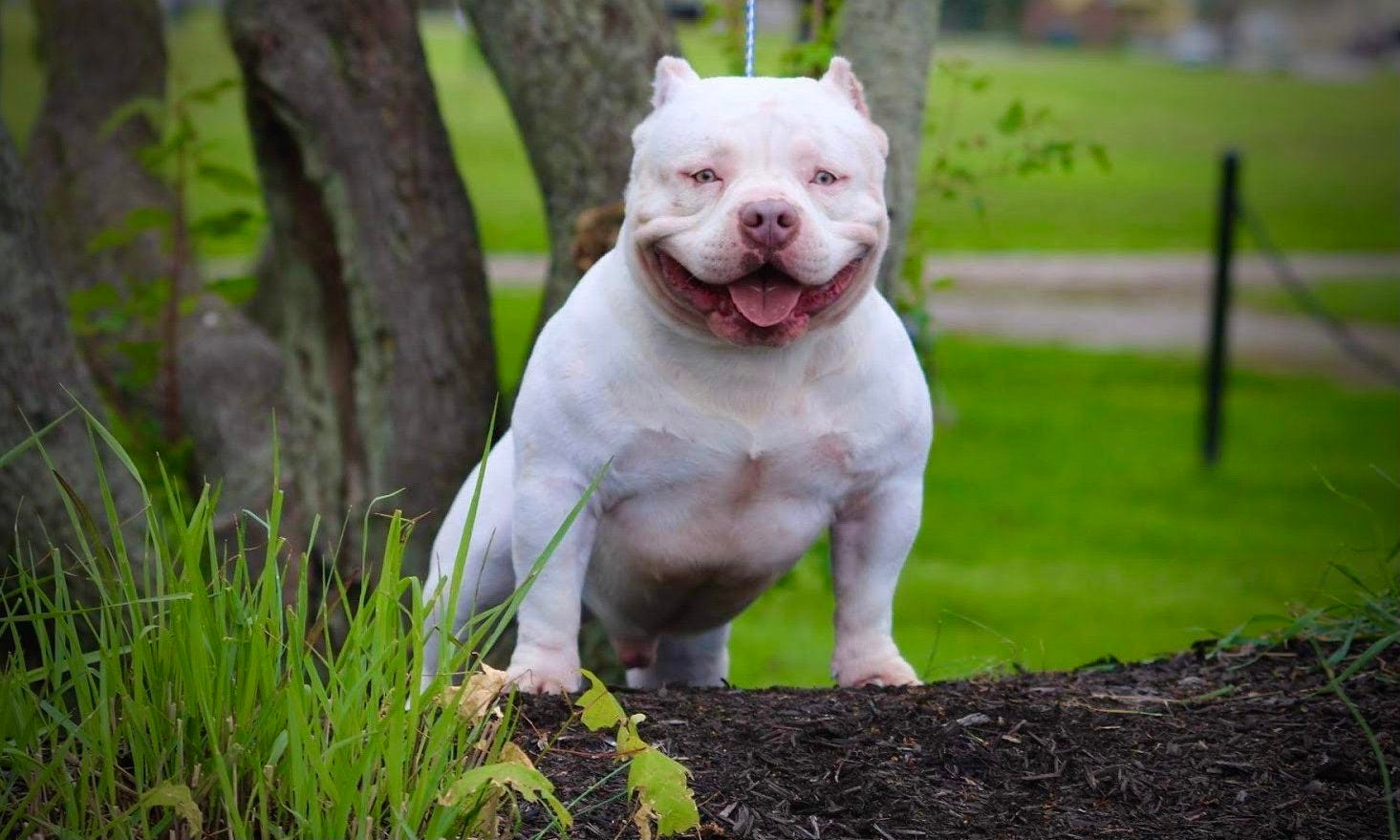
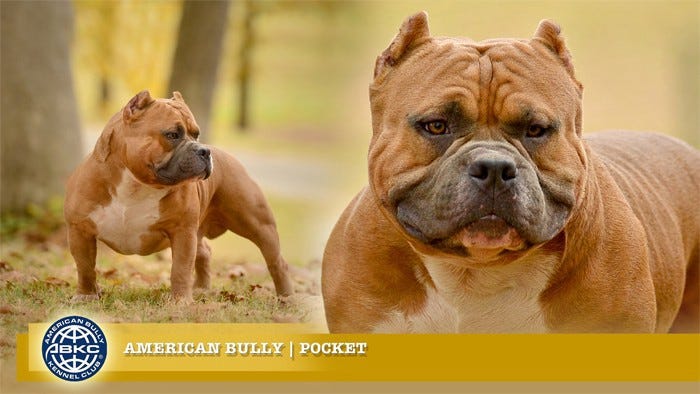
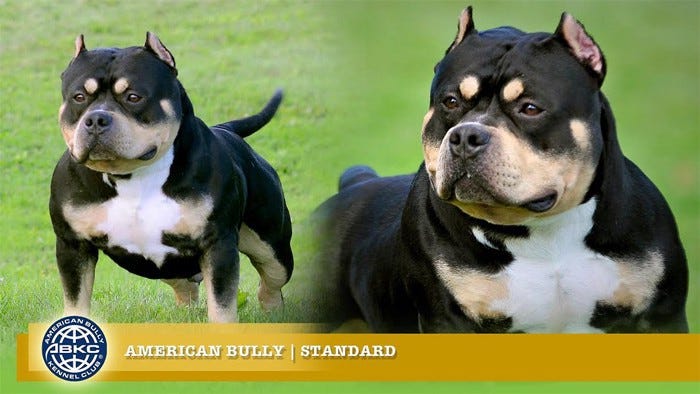
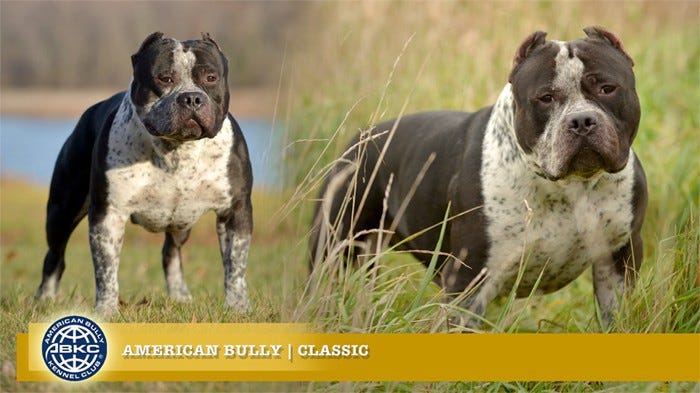

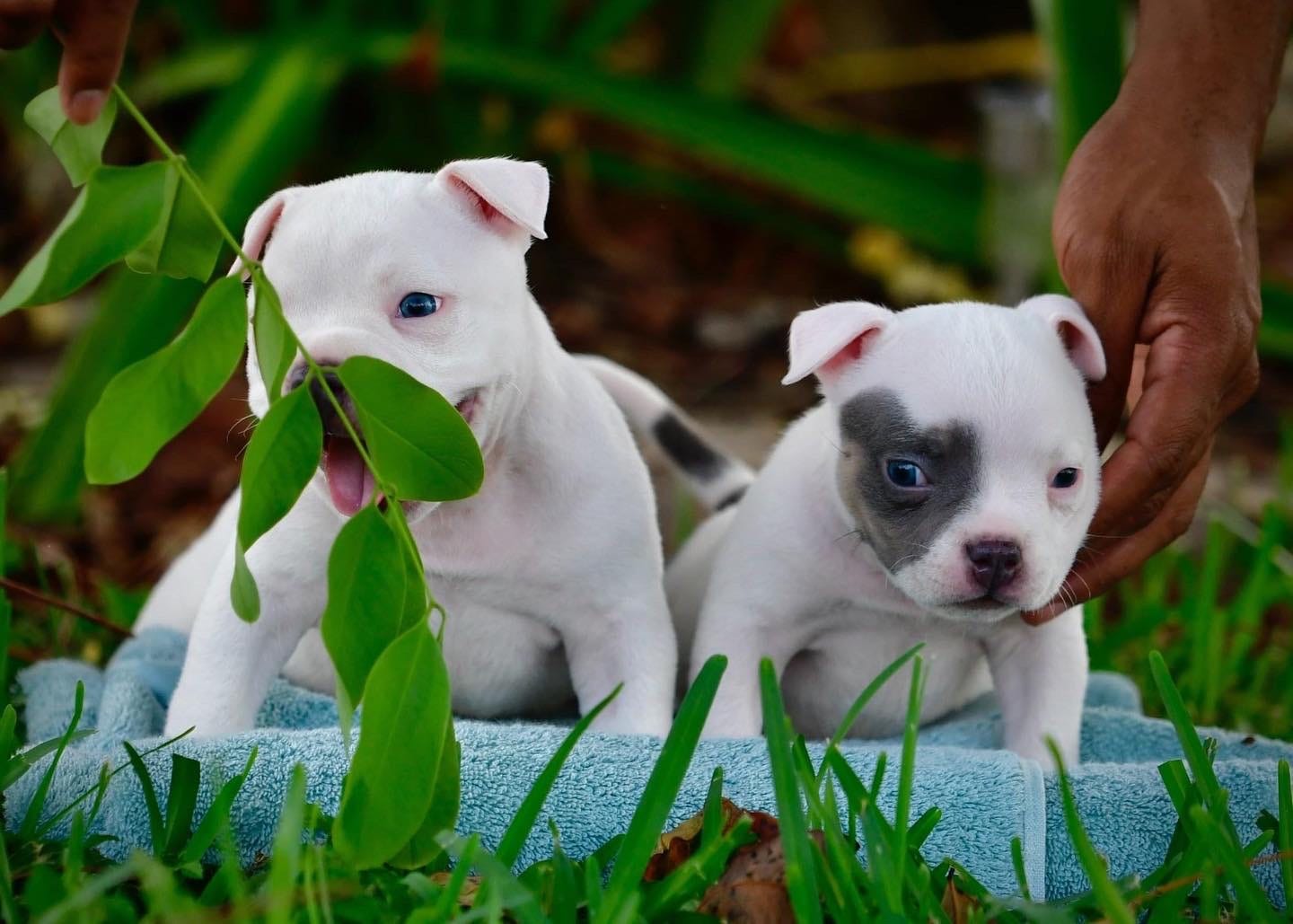
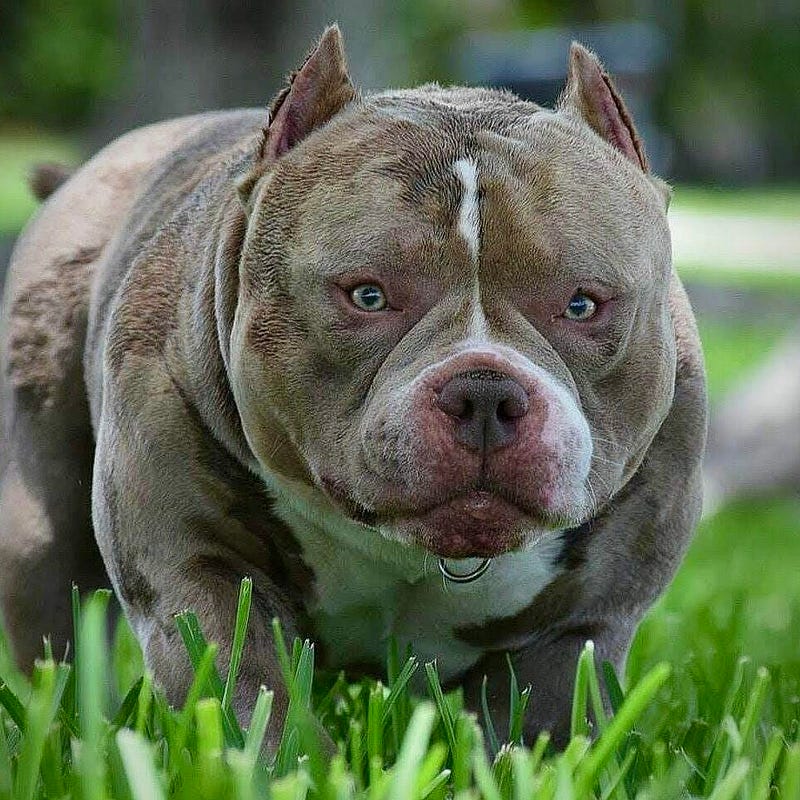
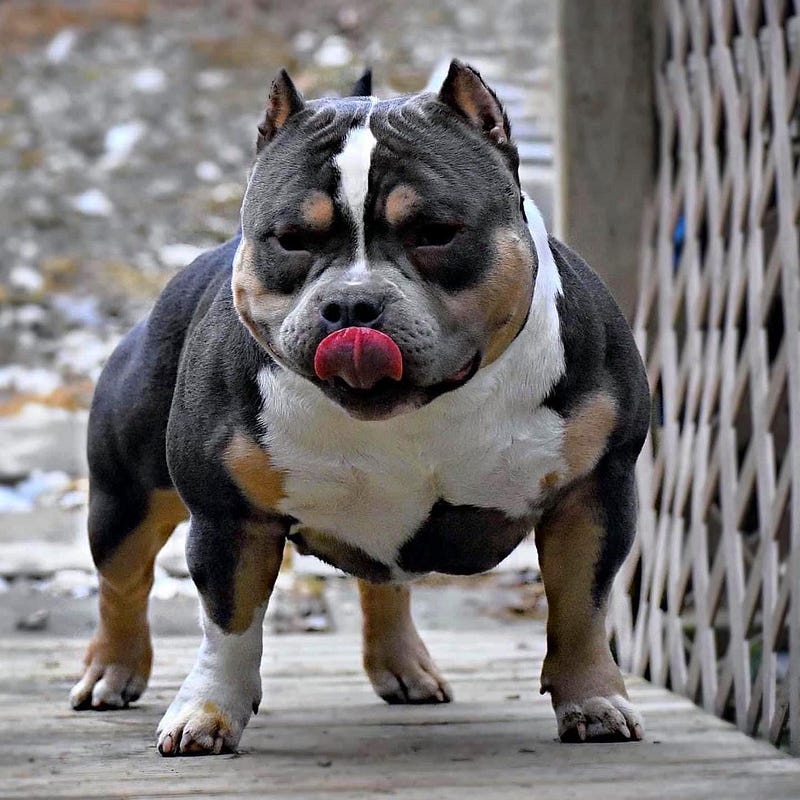
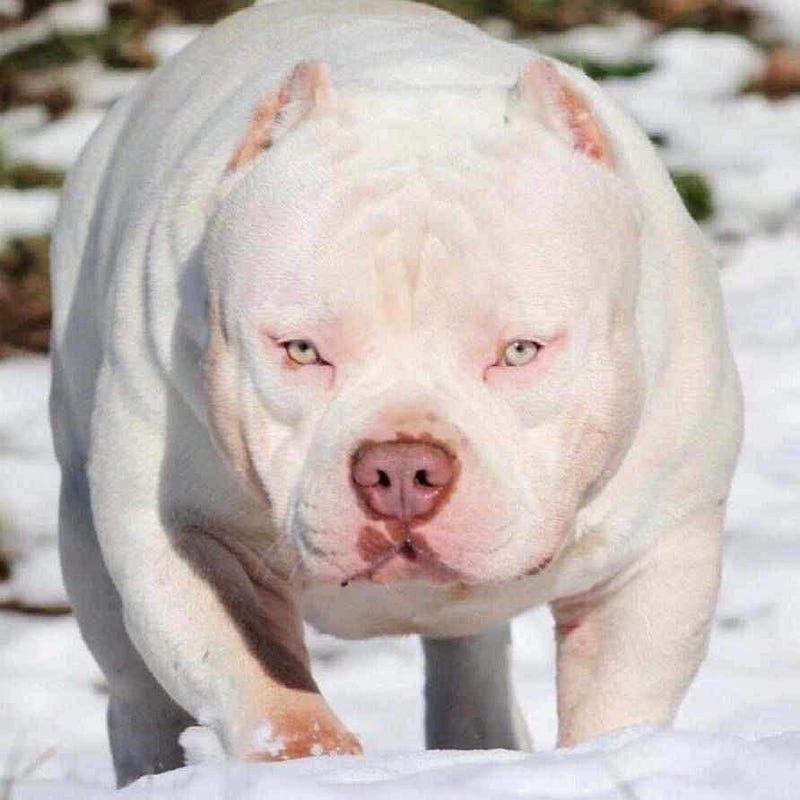
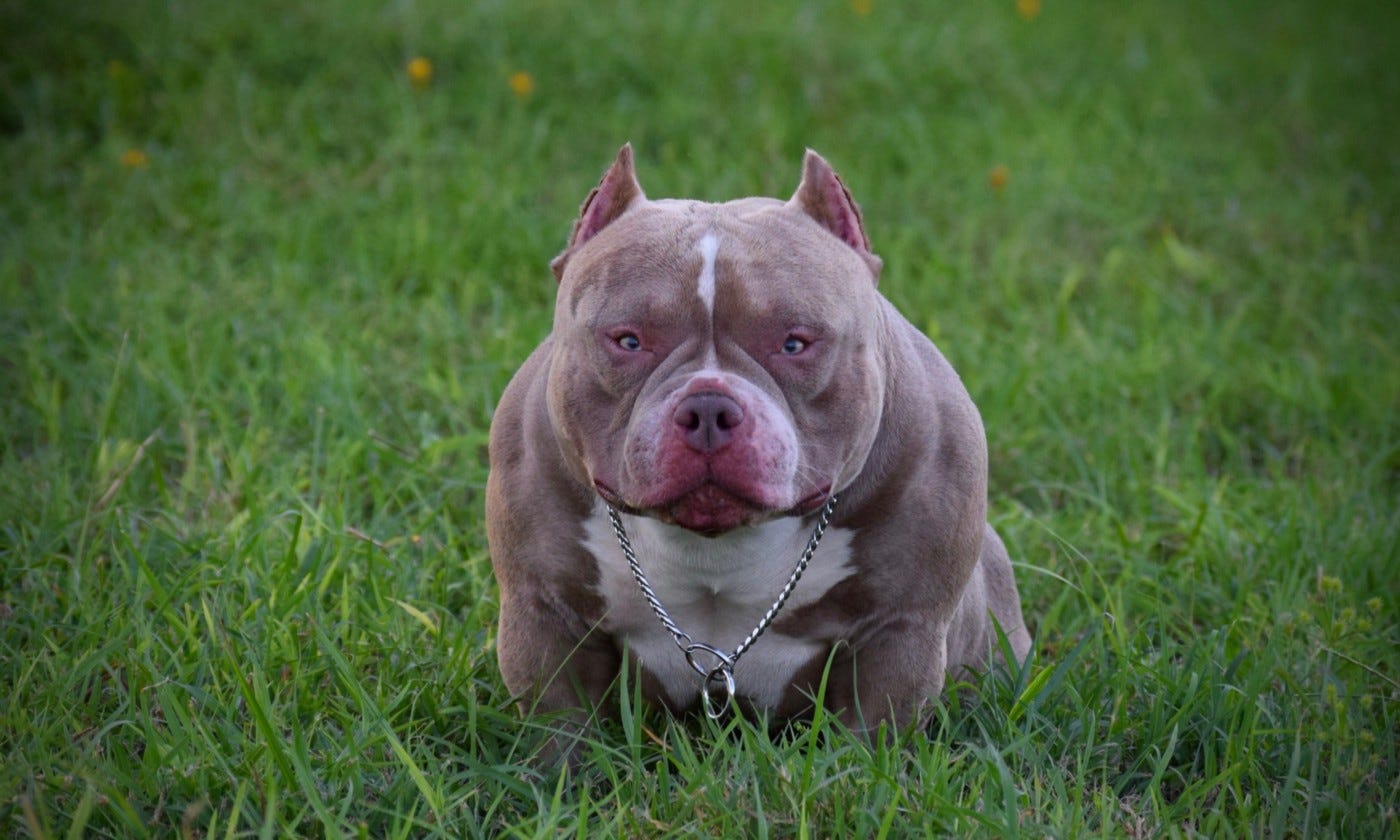
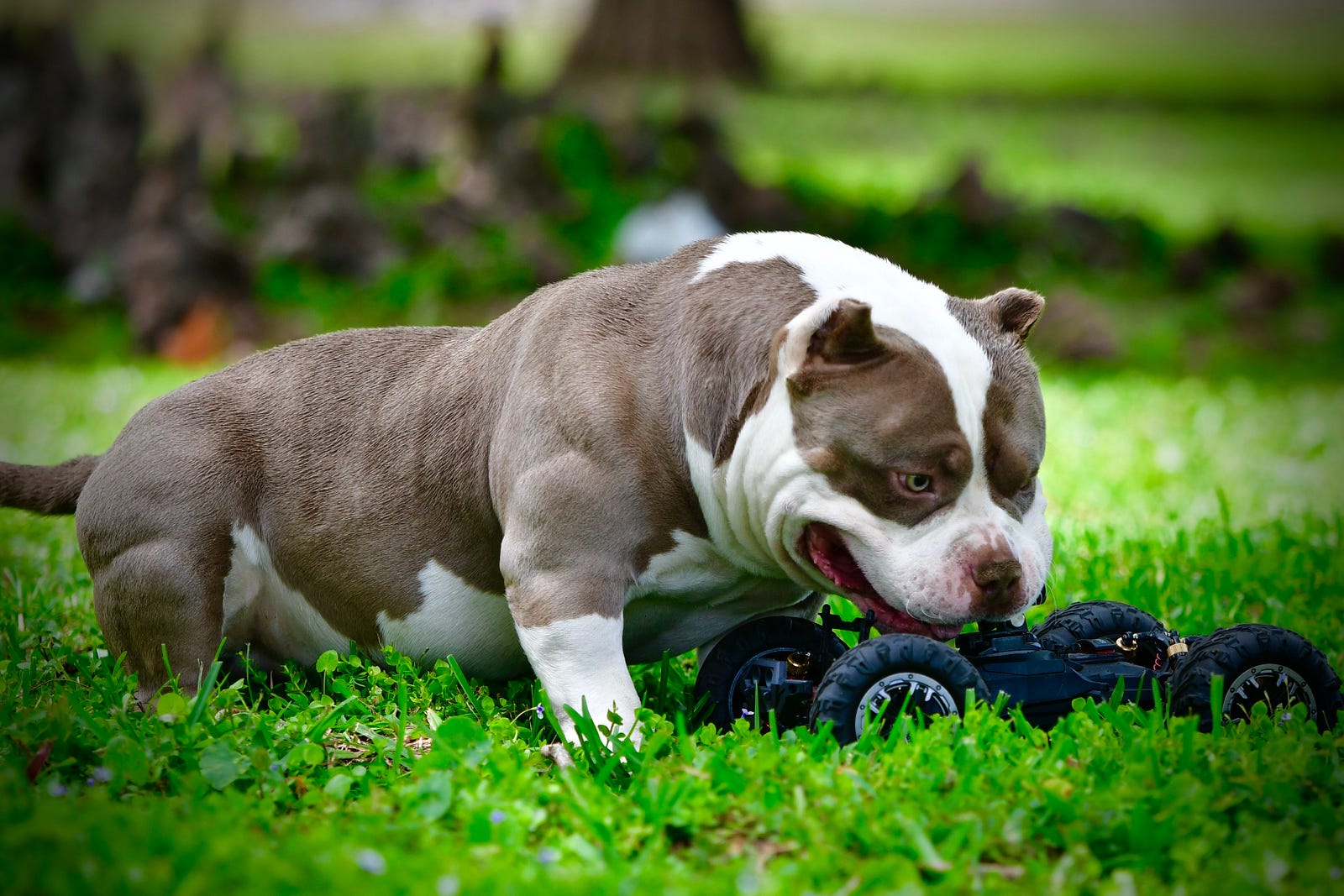
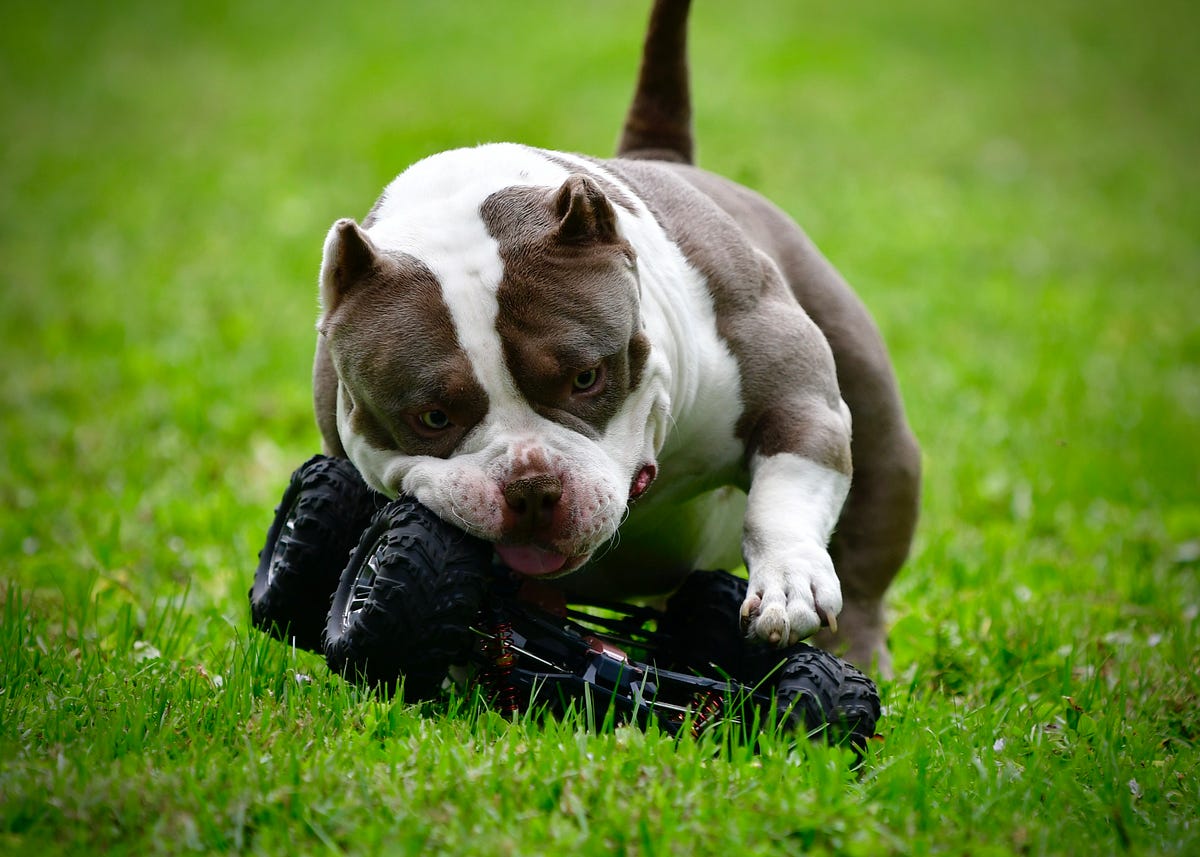
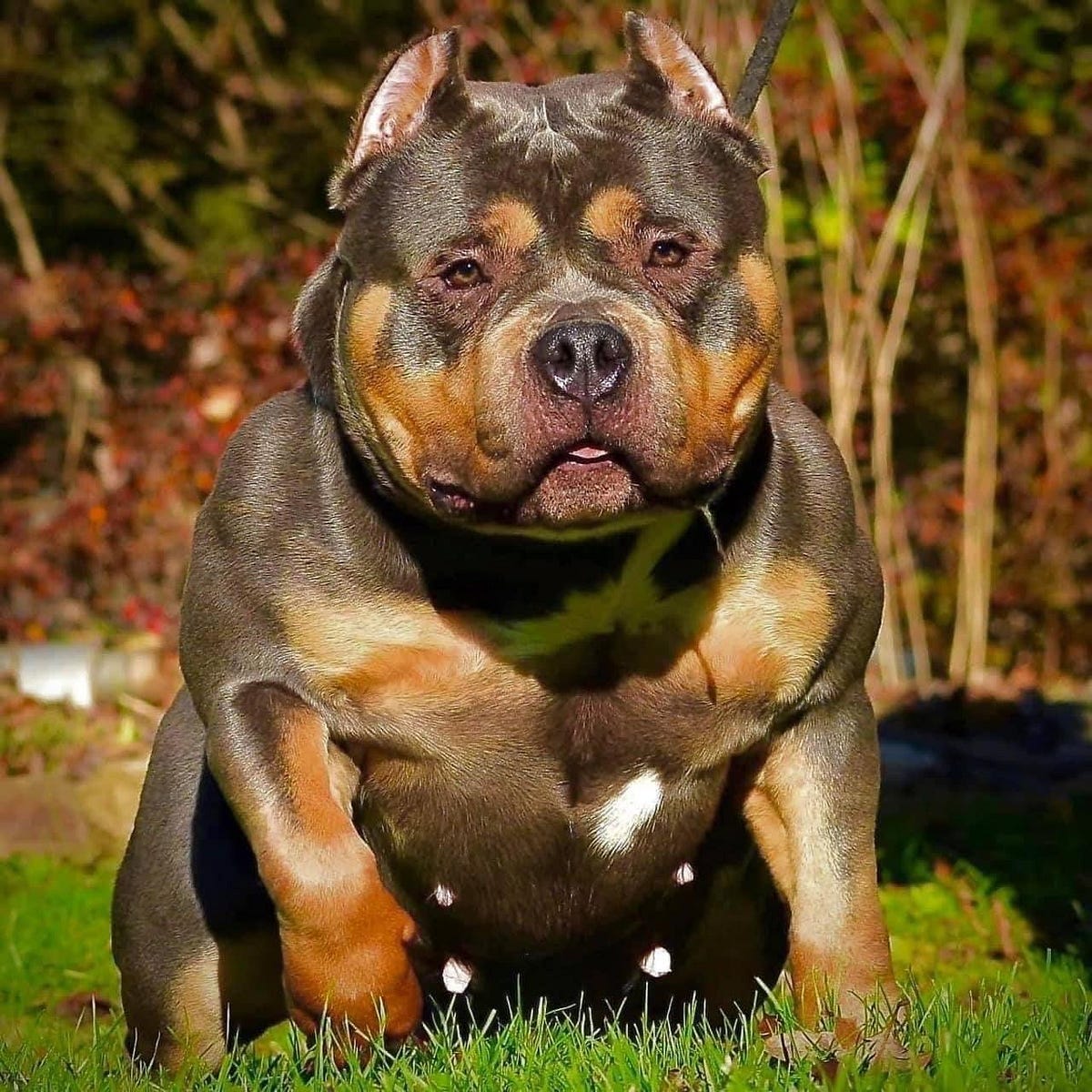
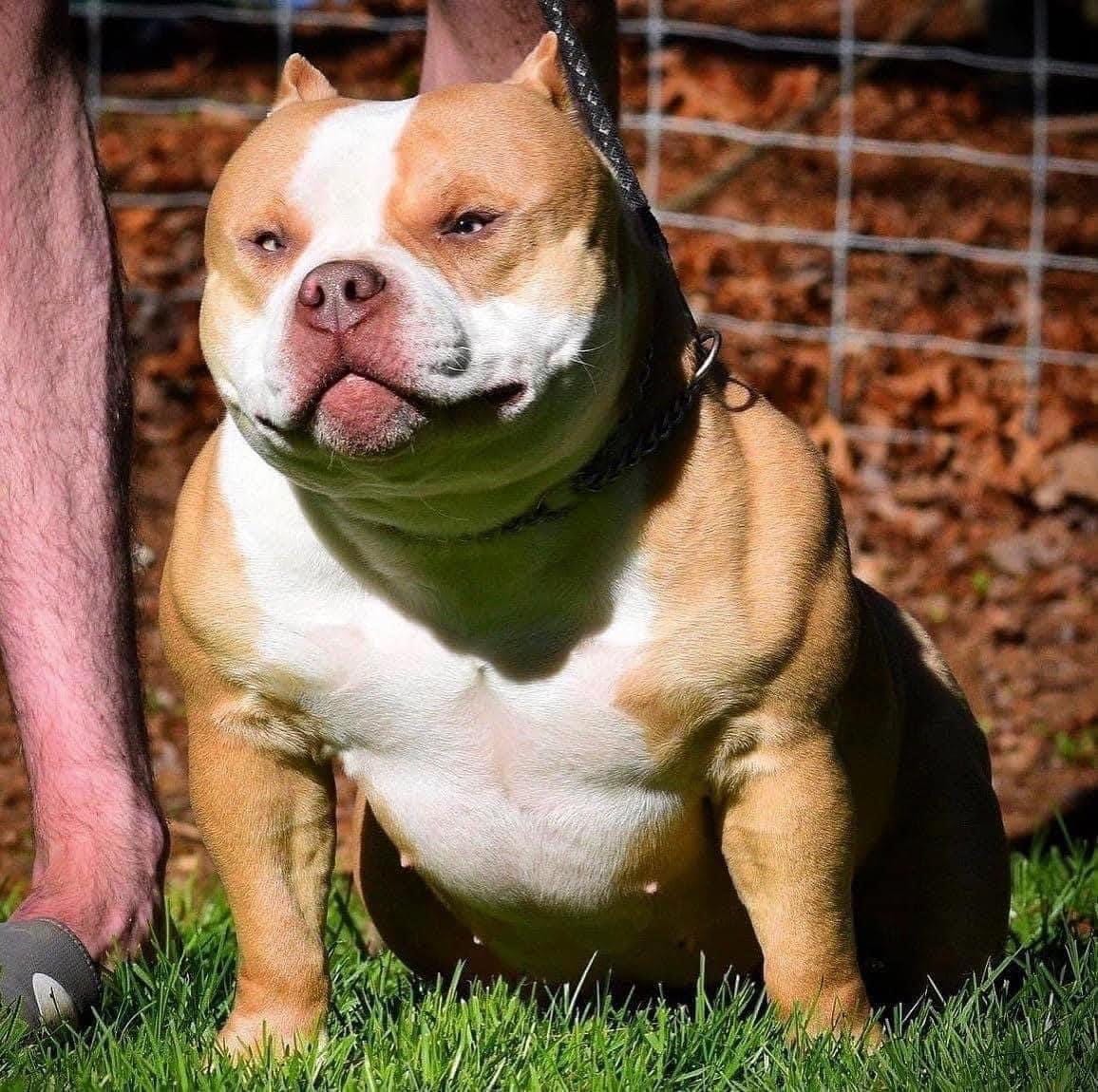
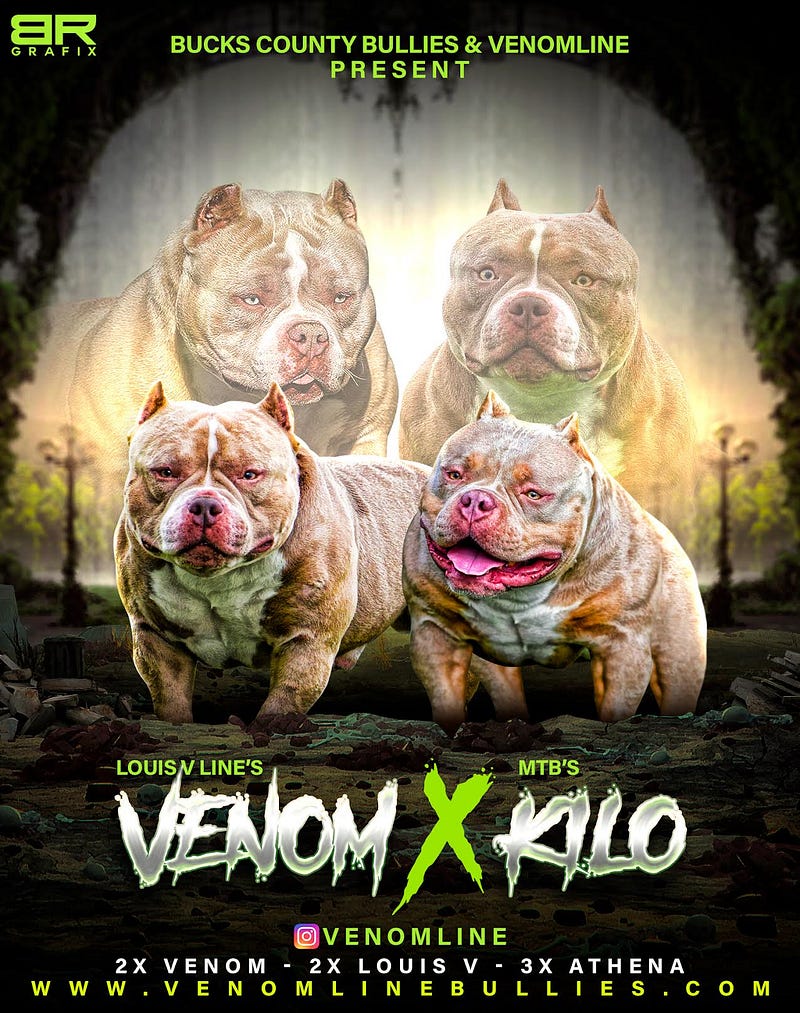
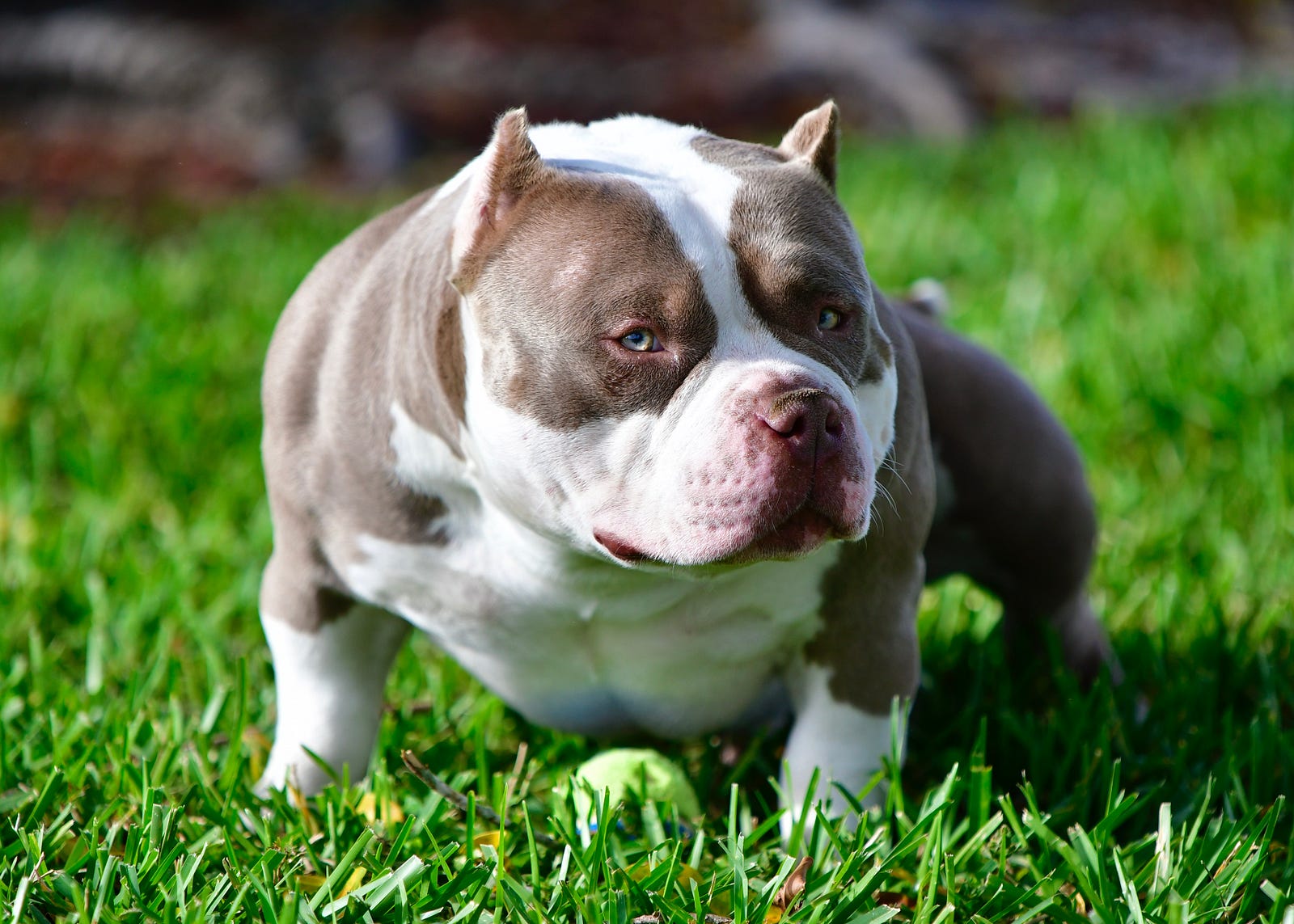
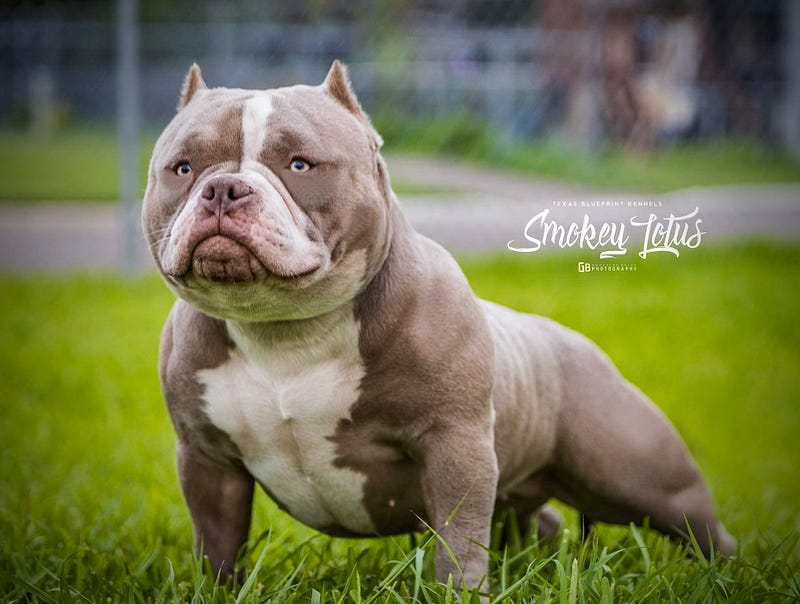
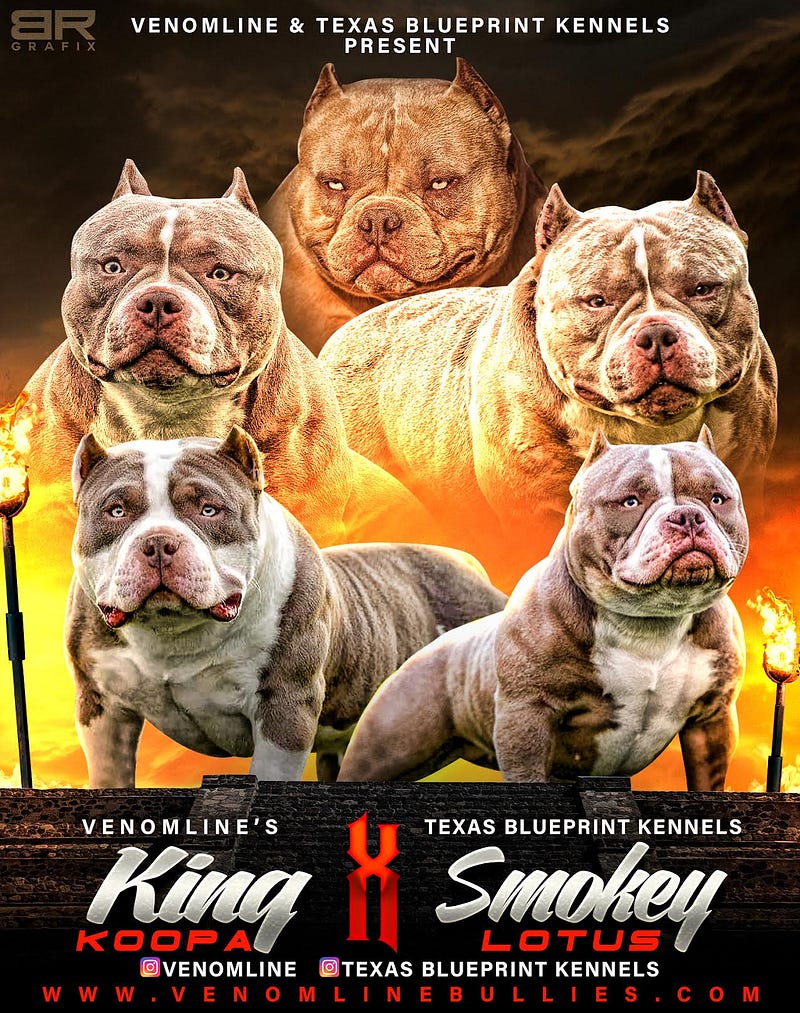
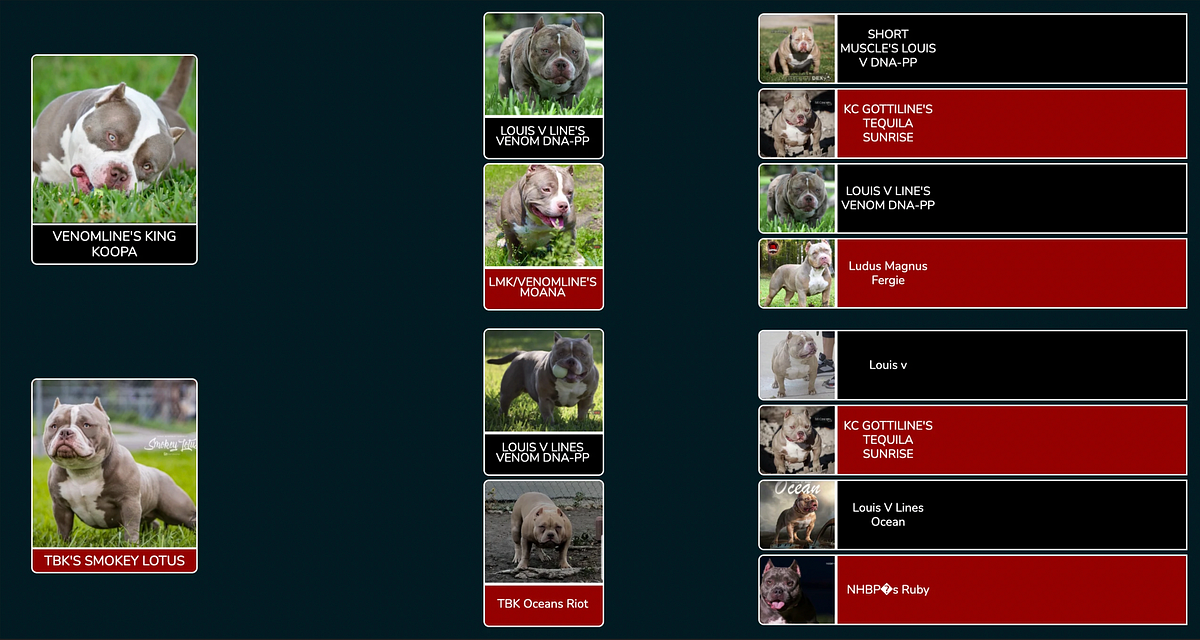

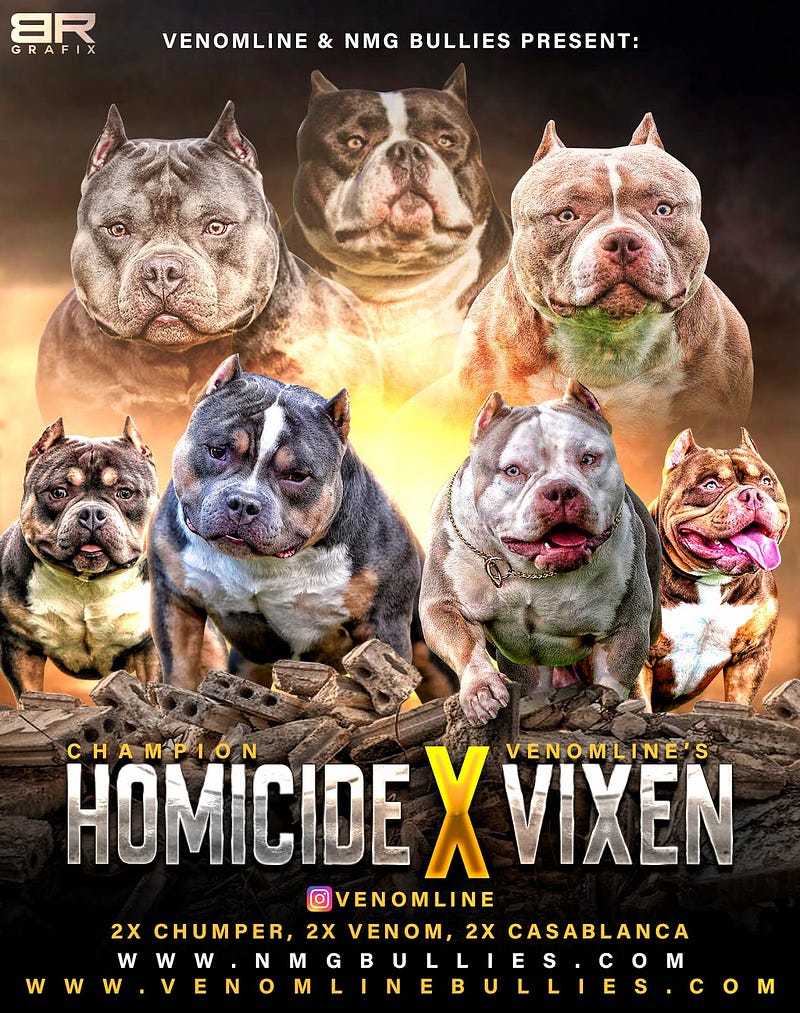
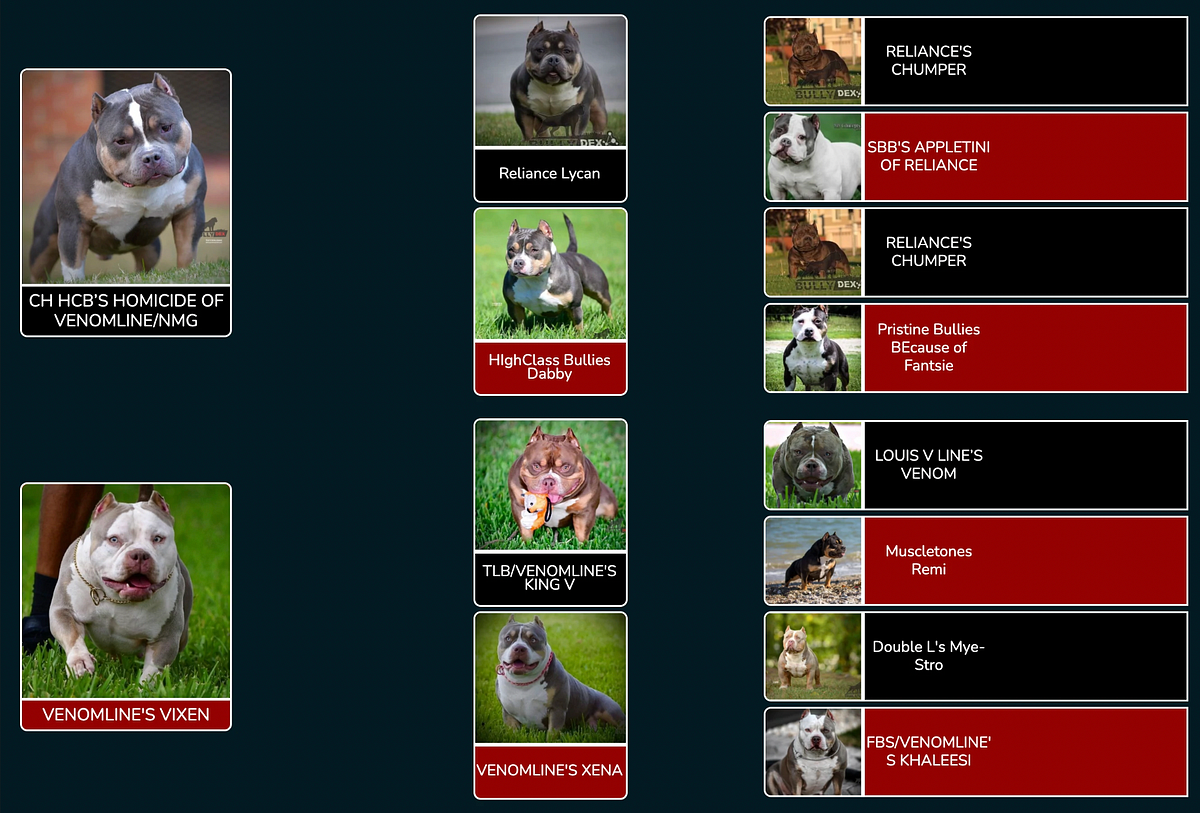
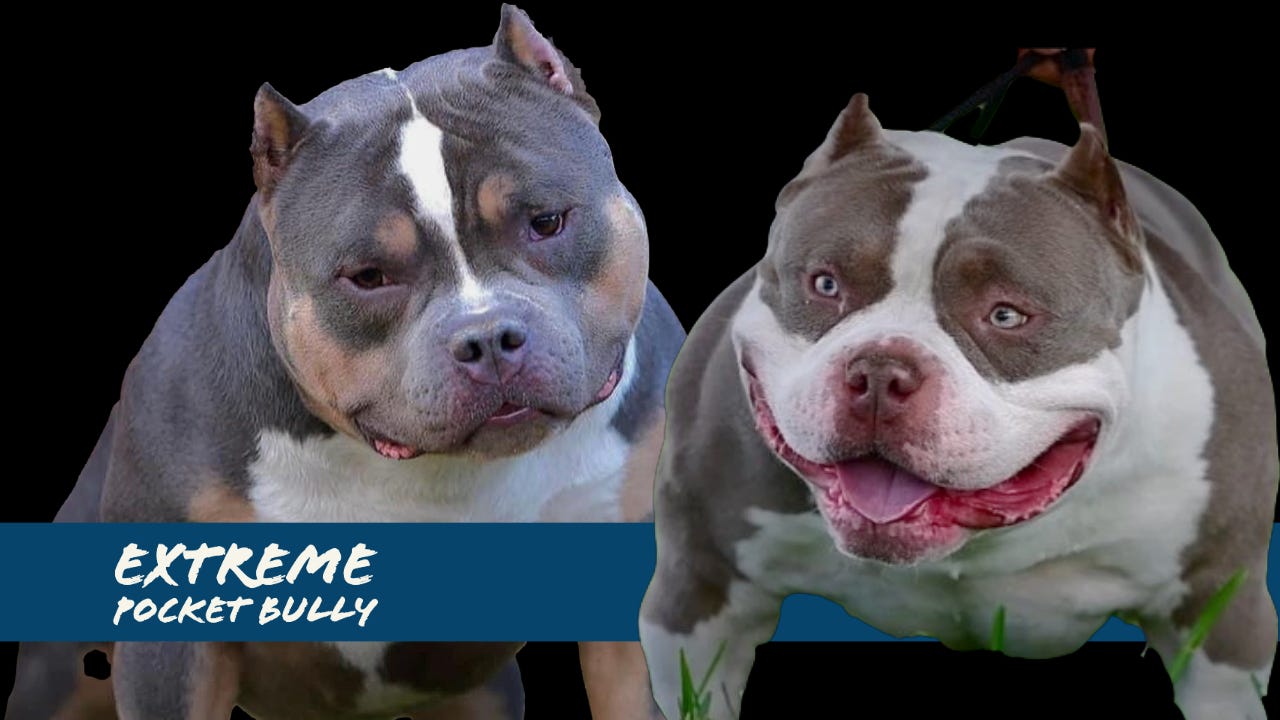




Comments
0 Comments